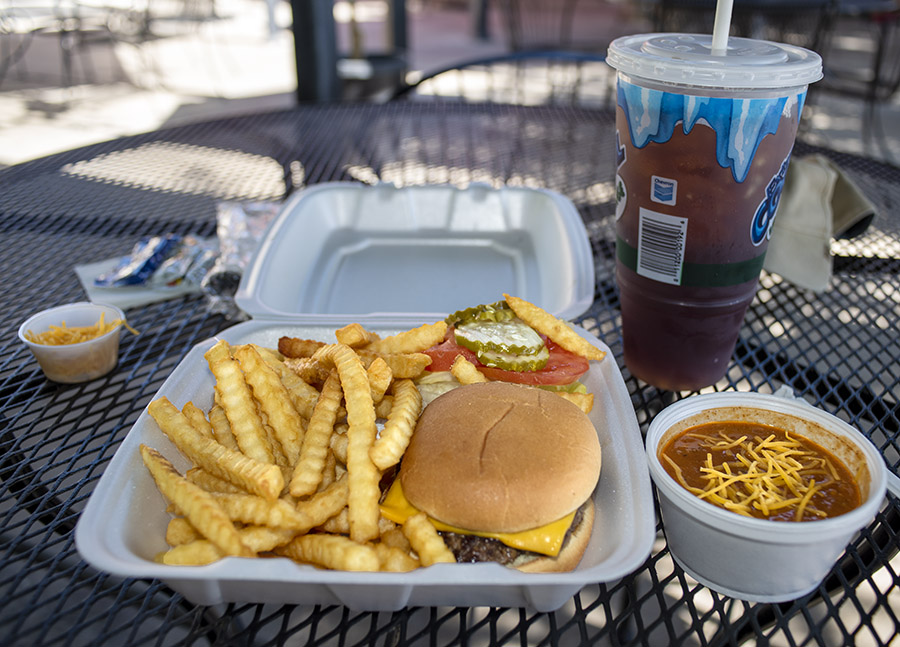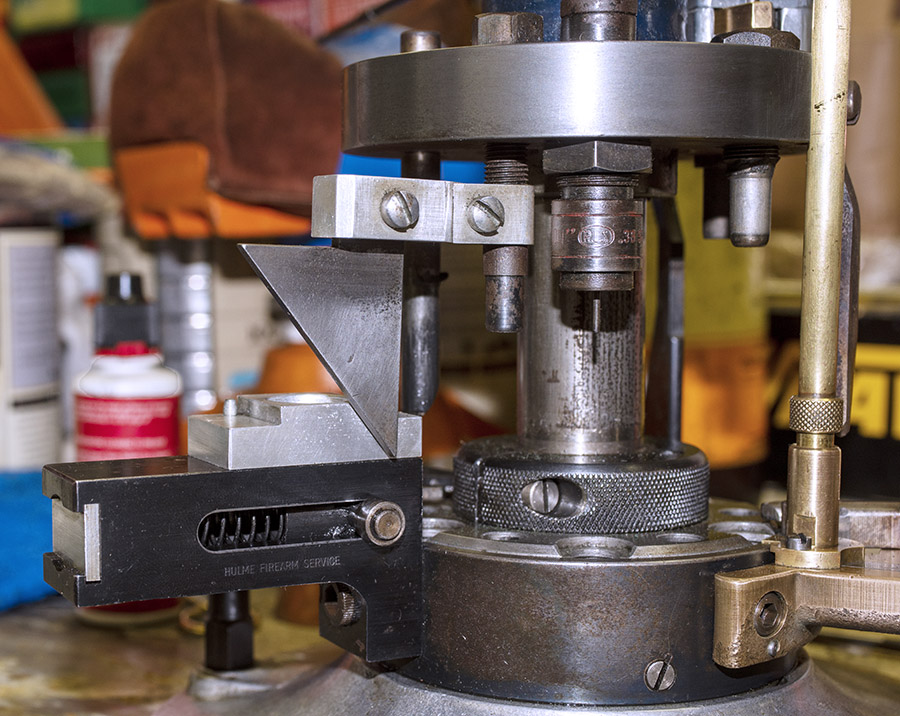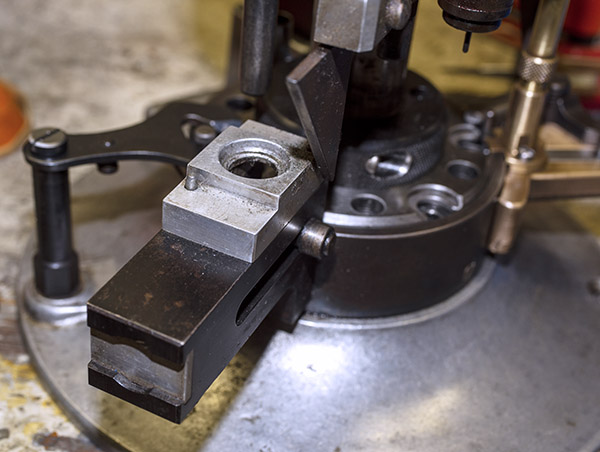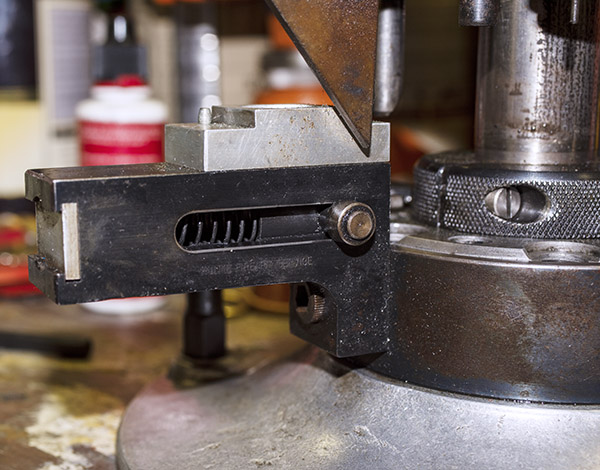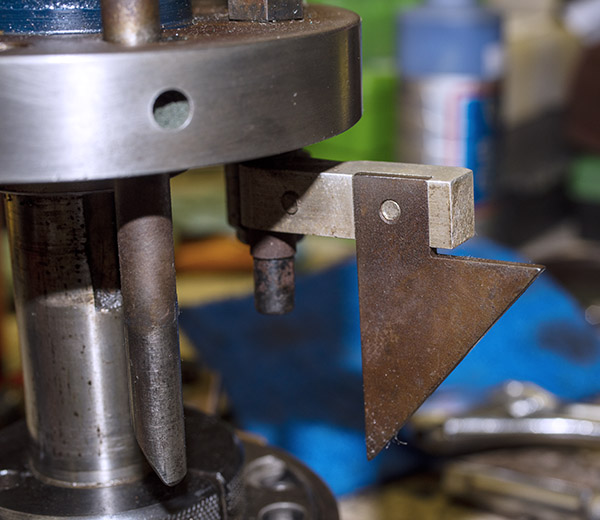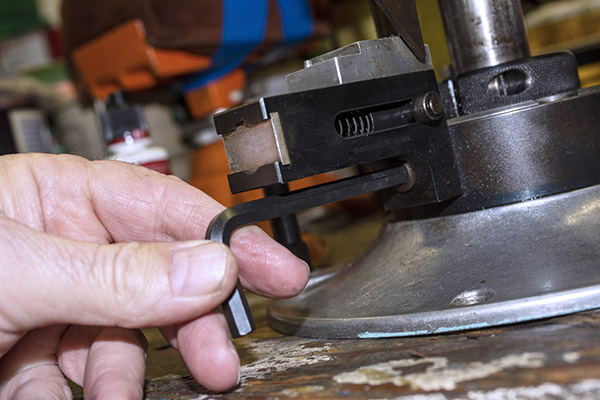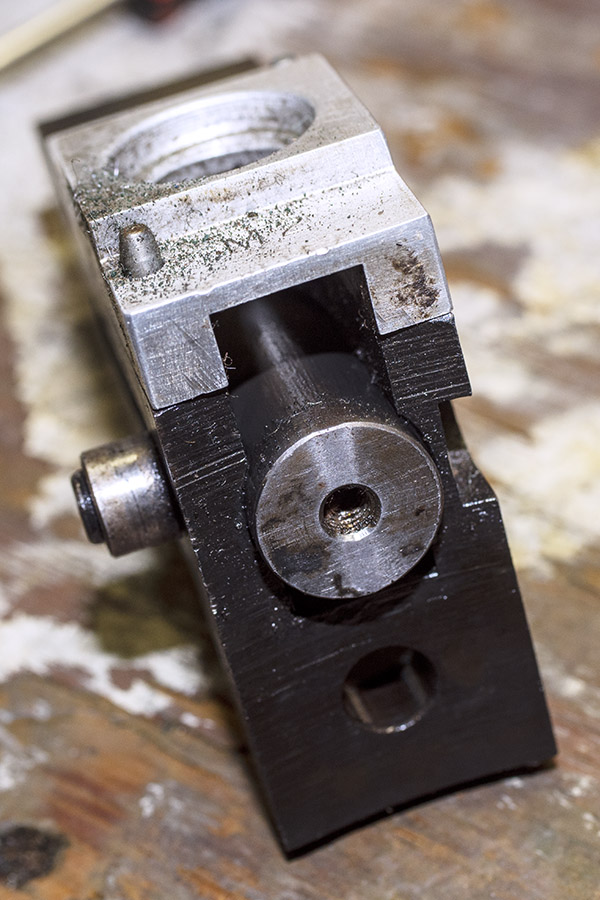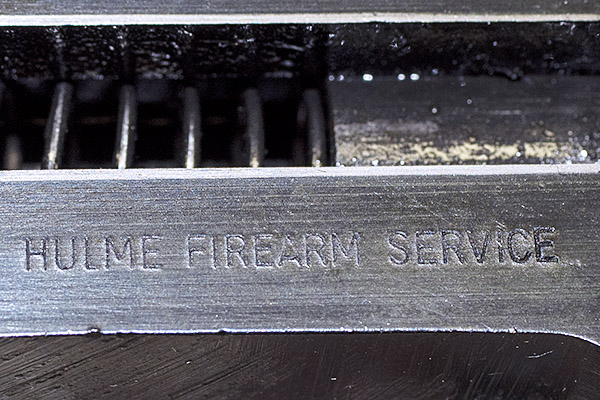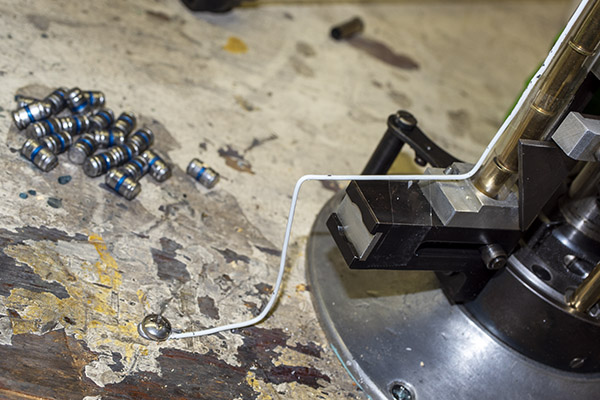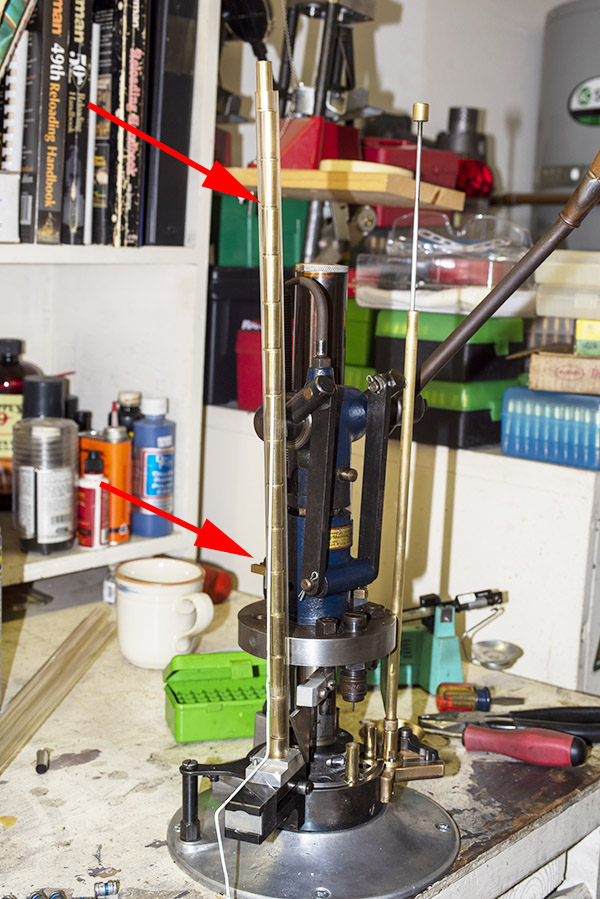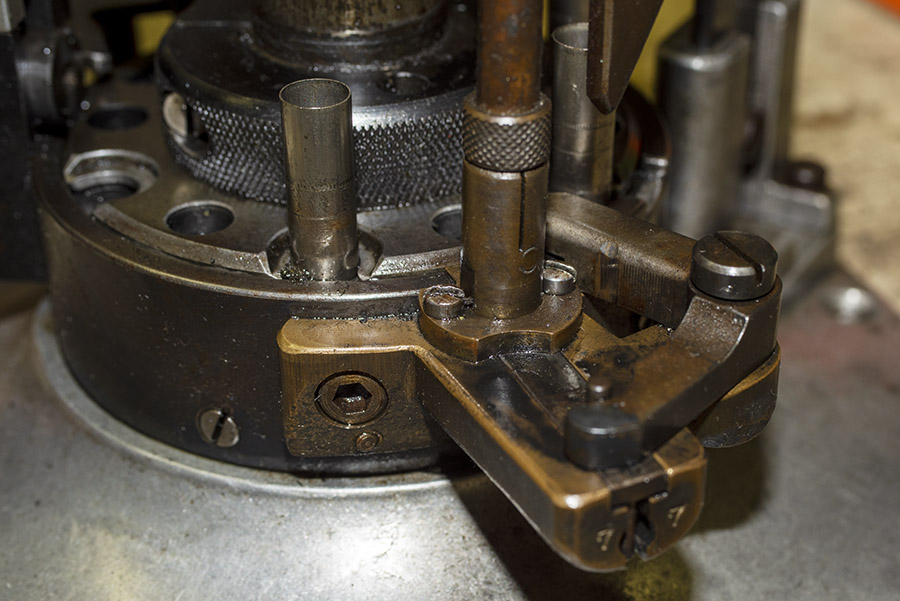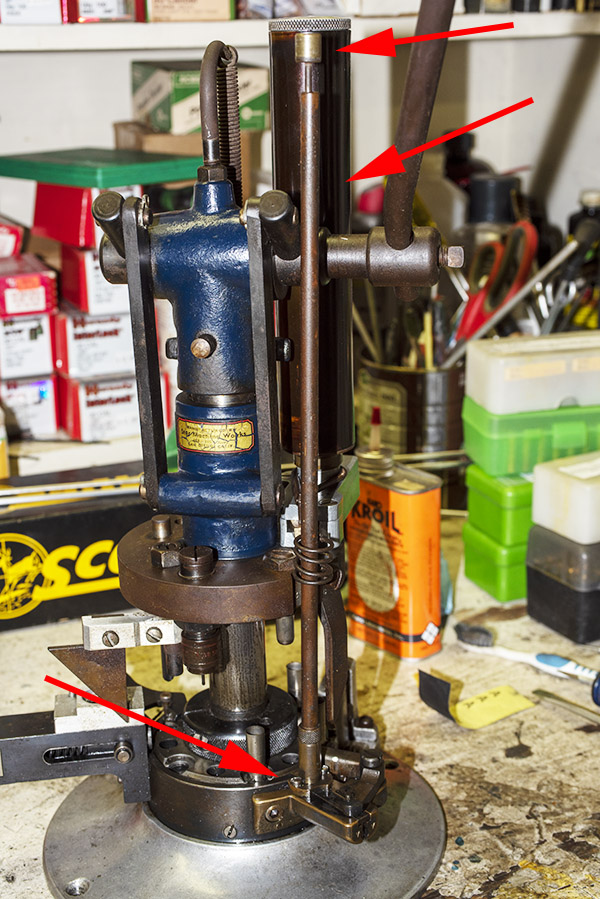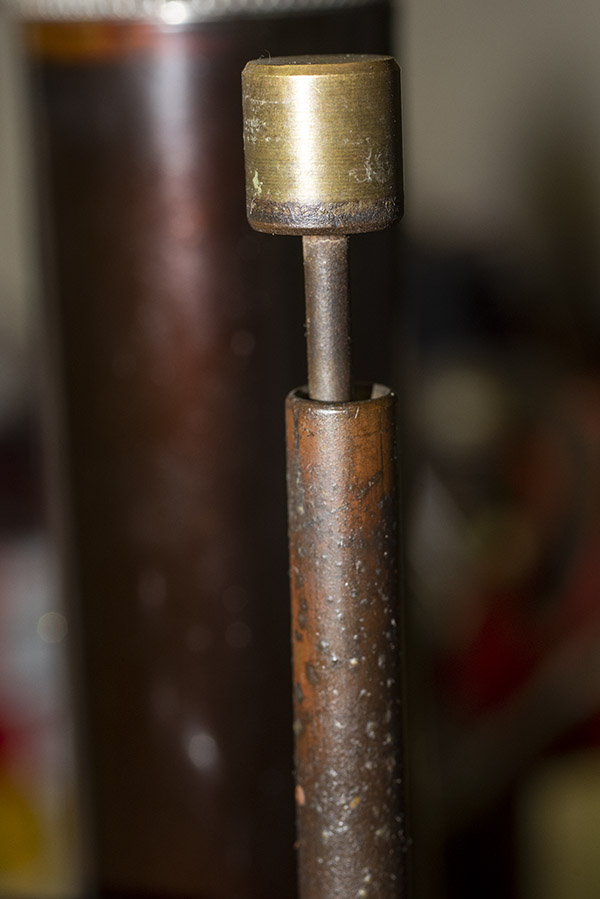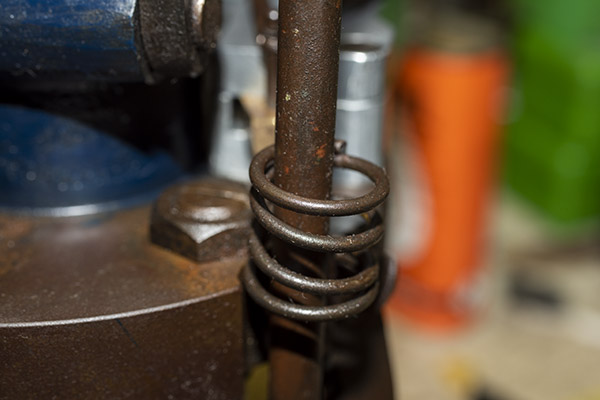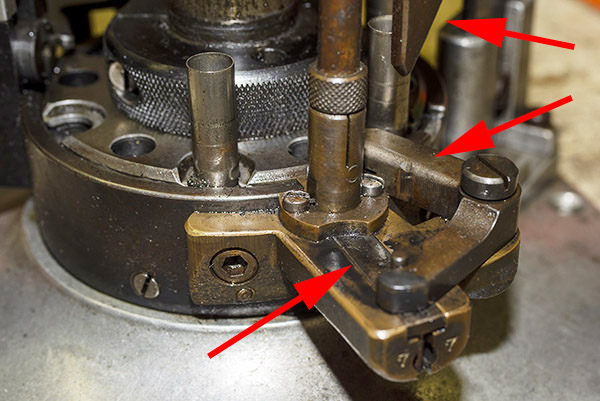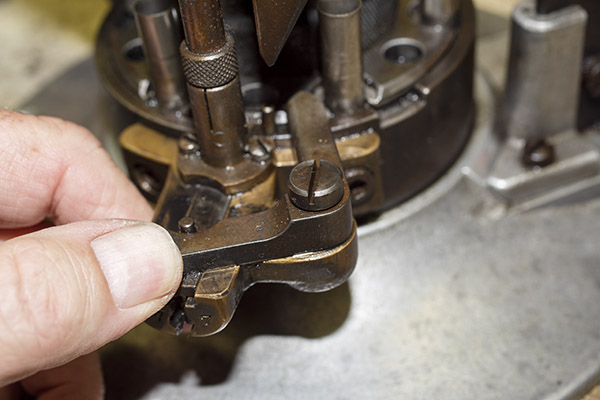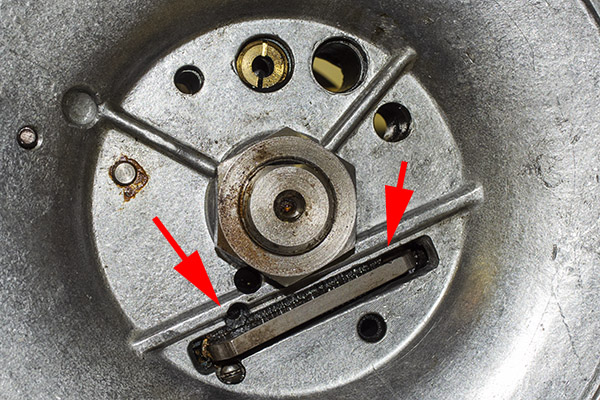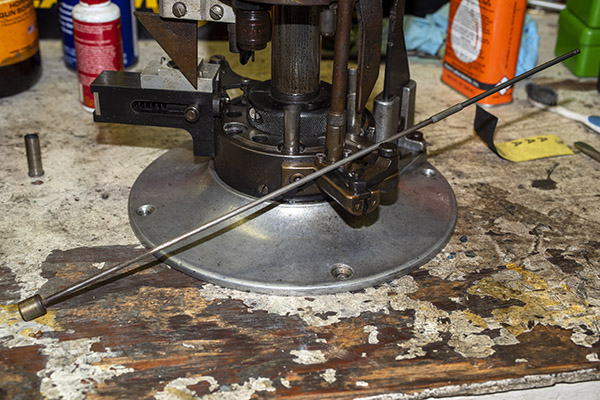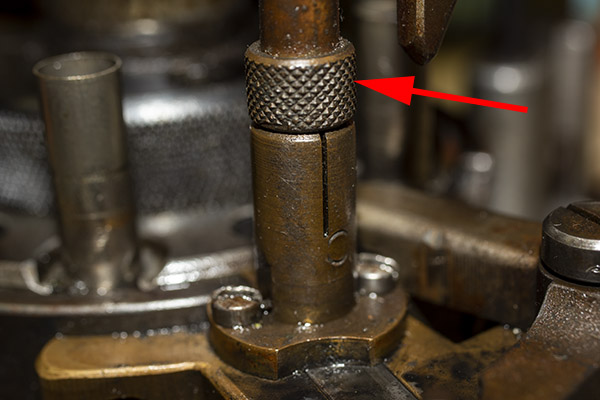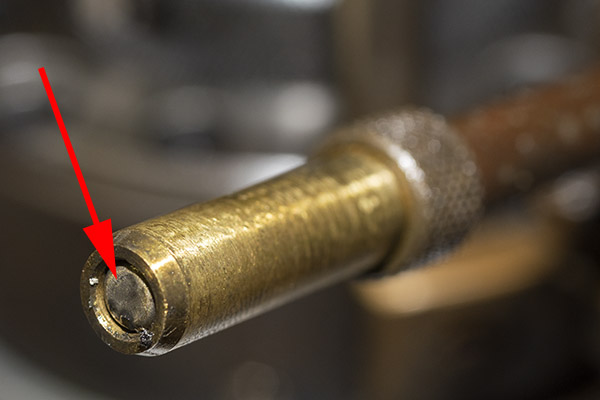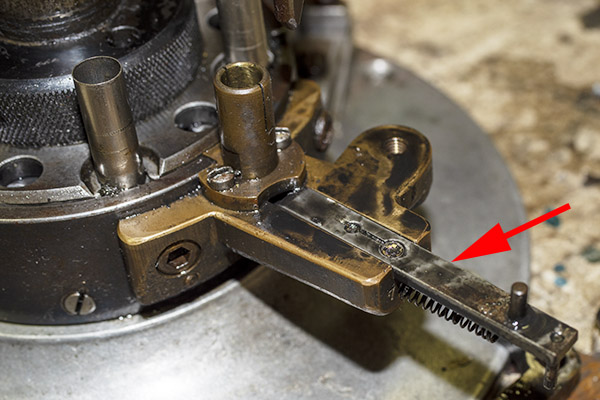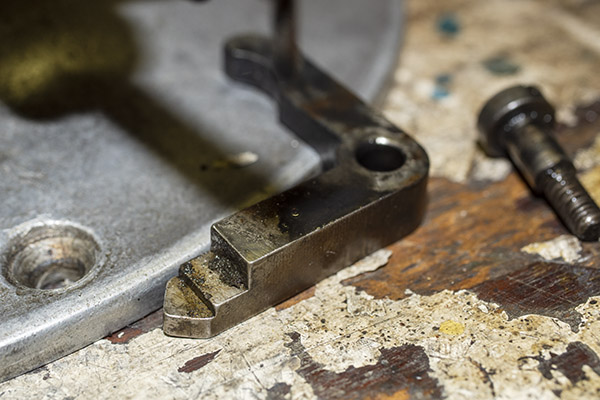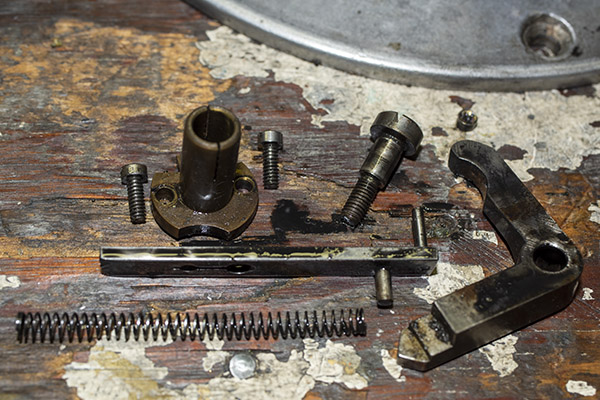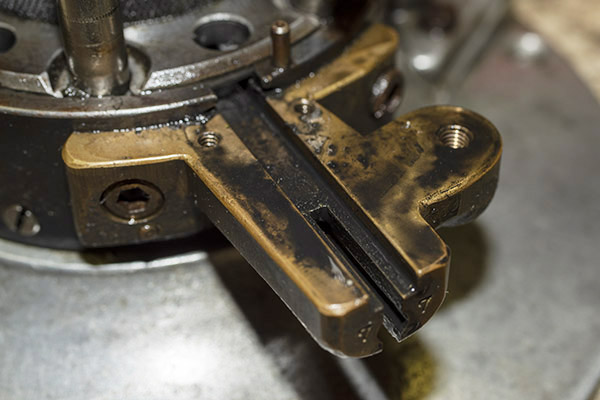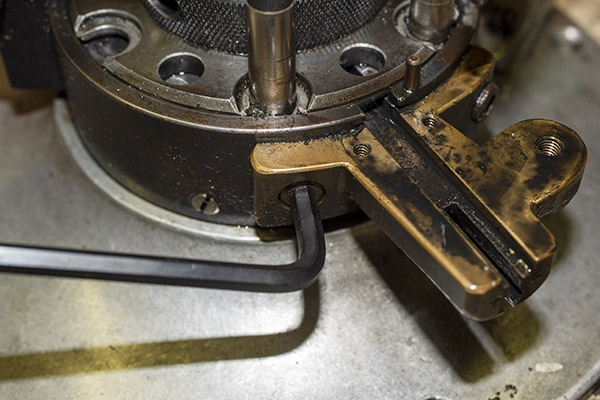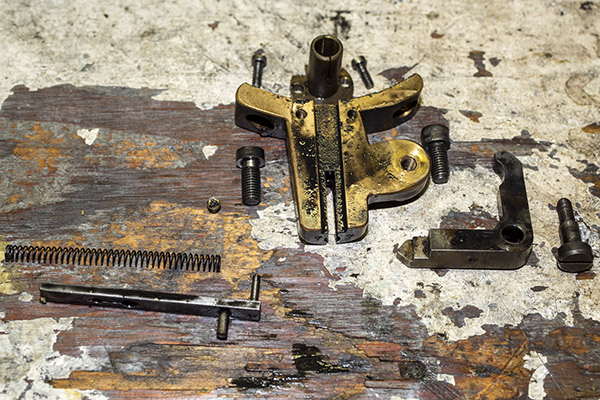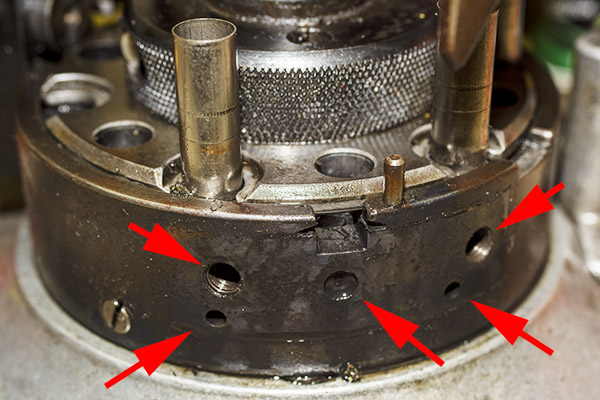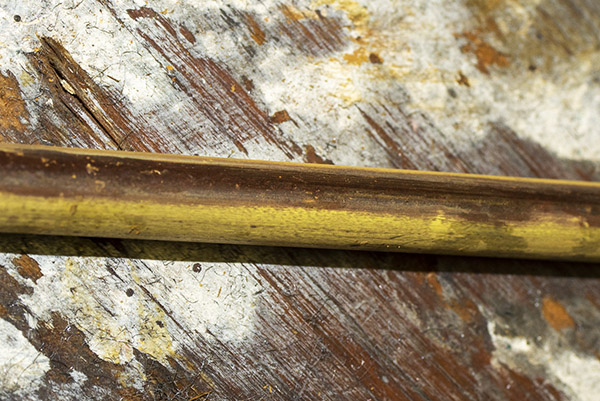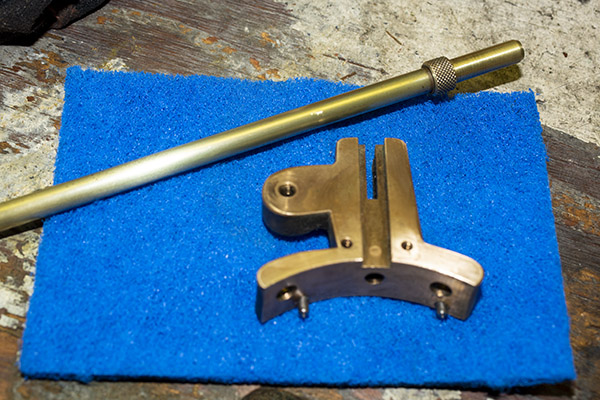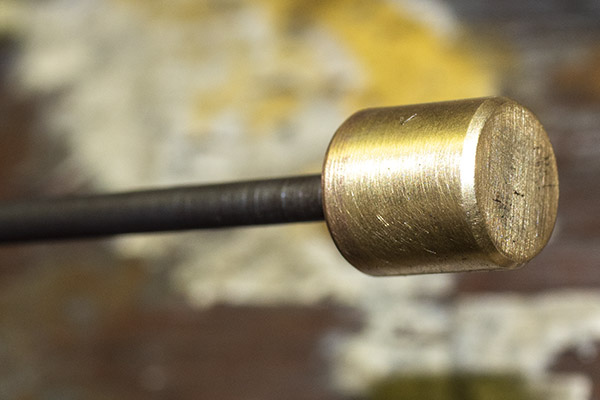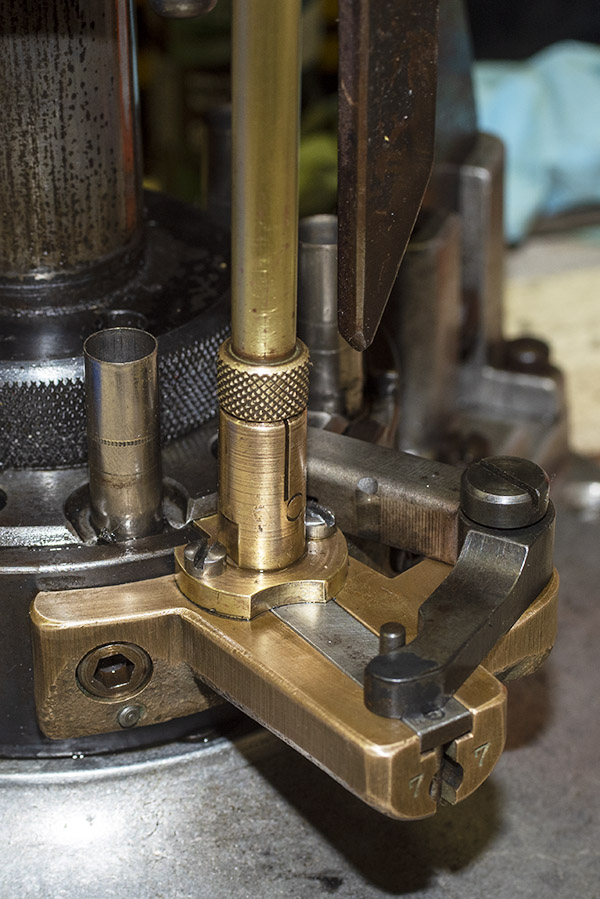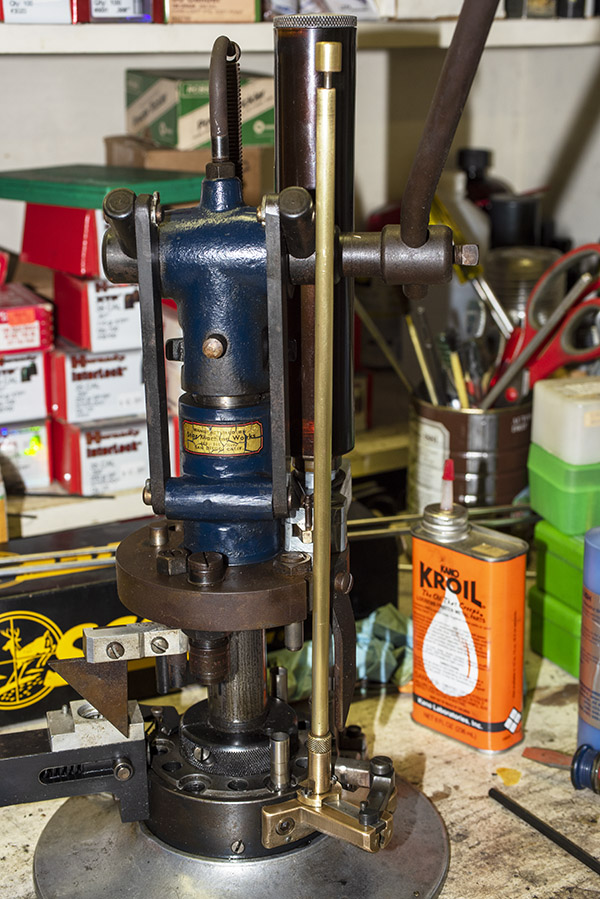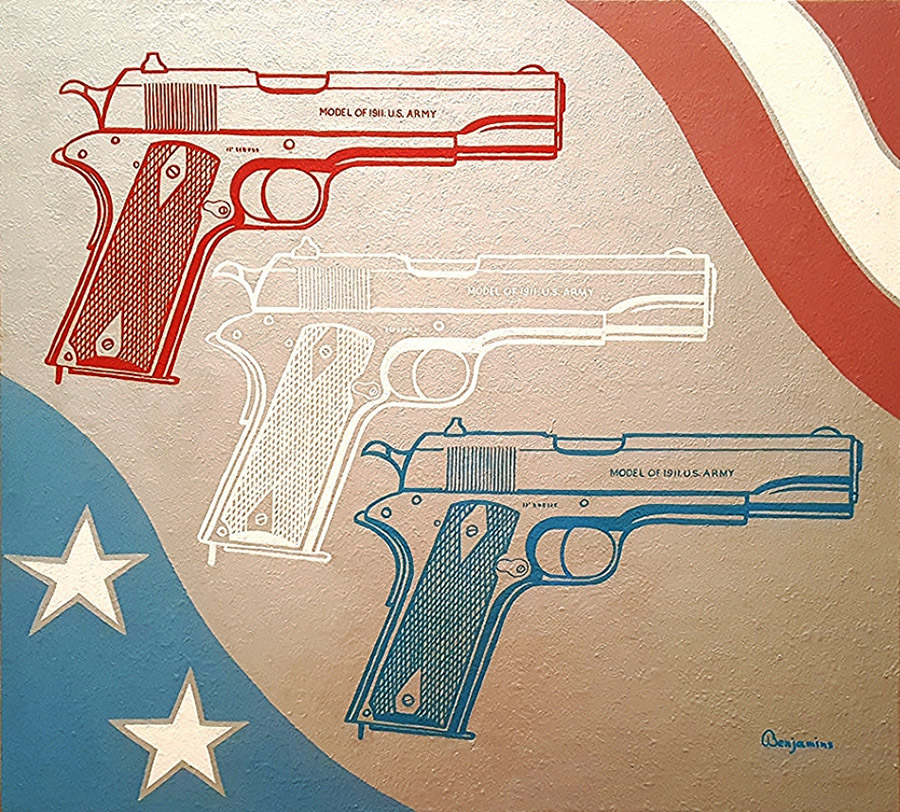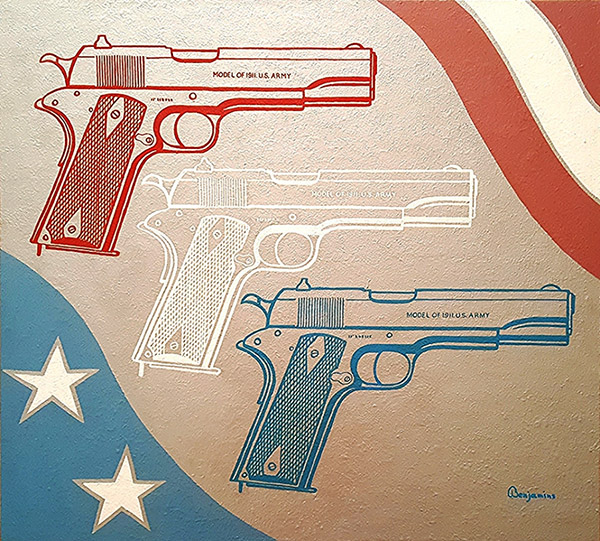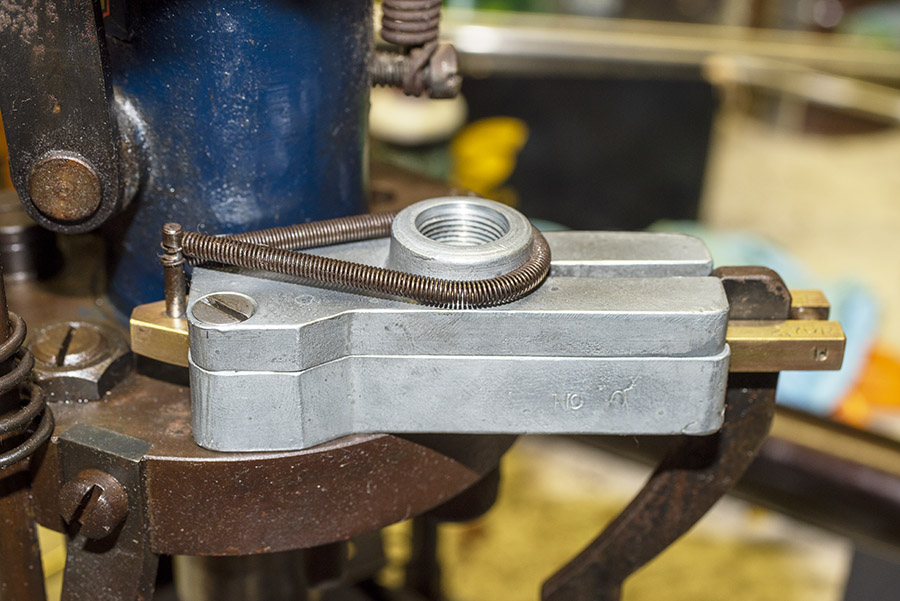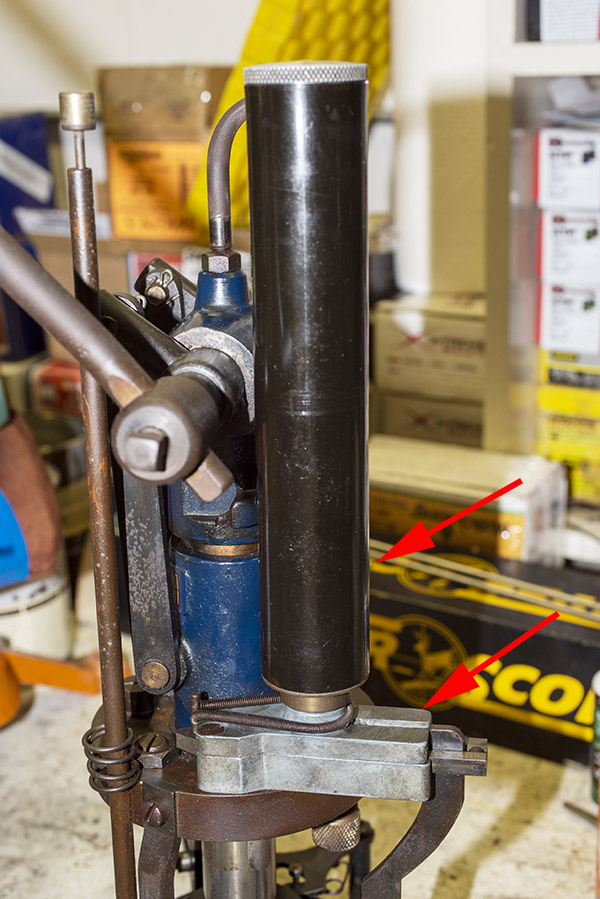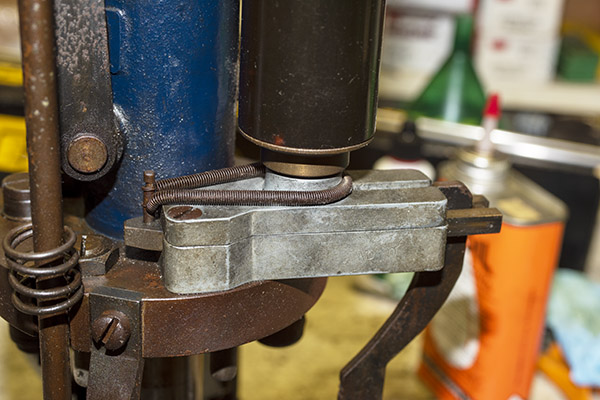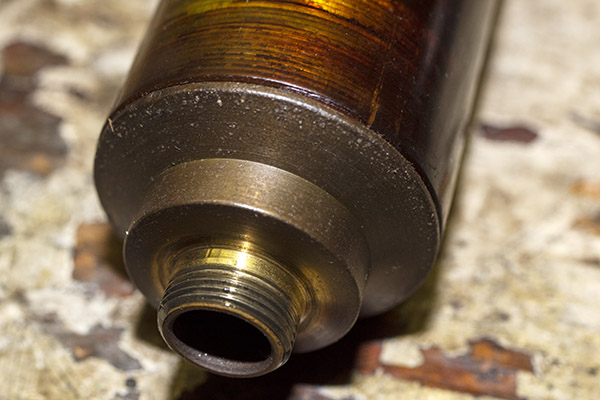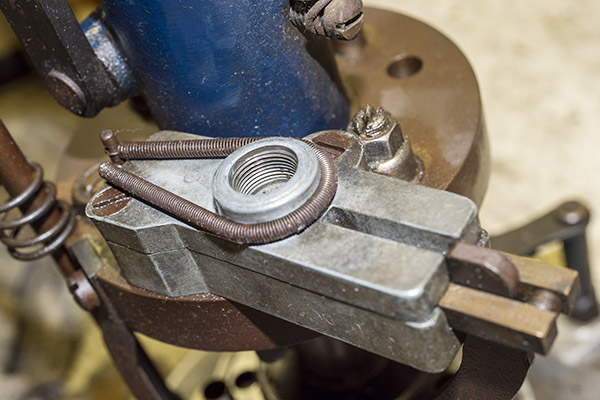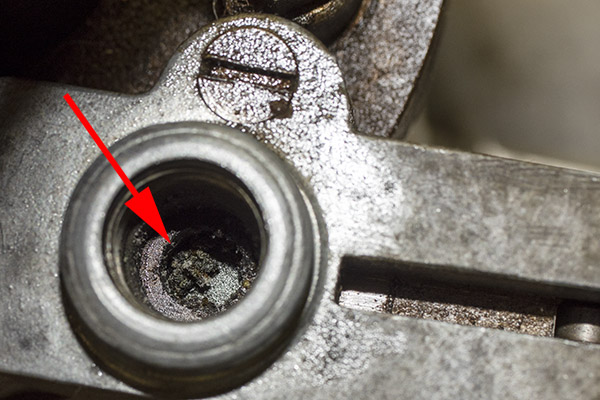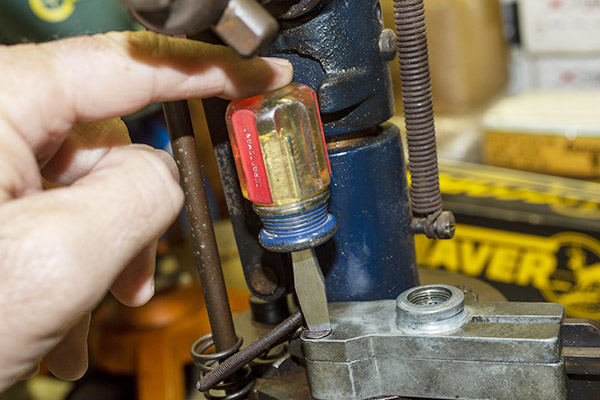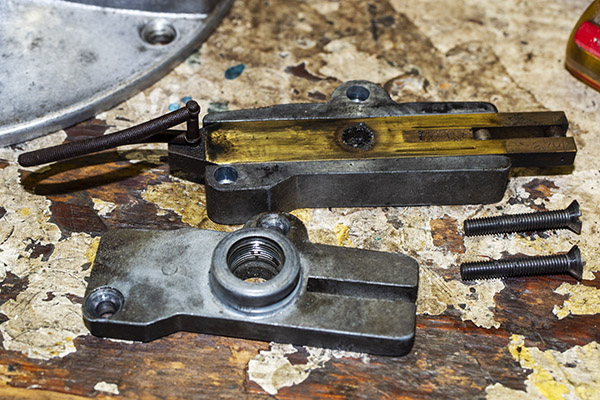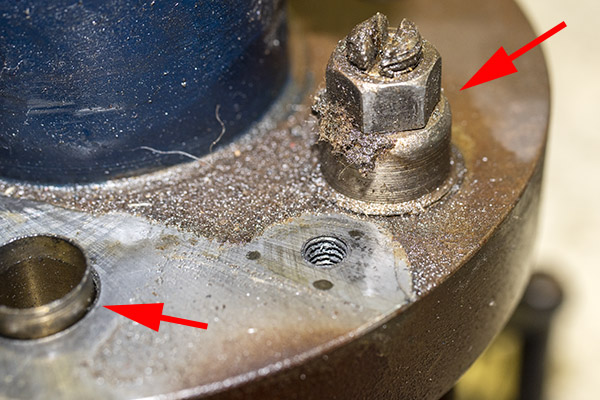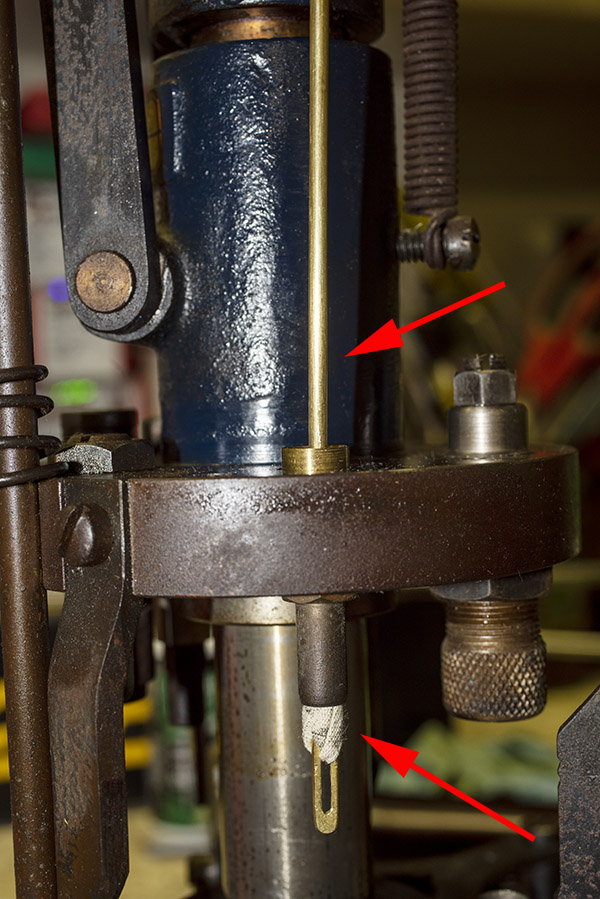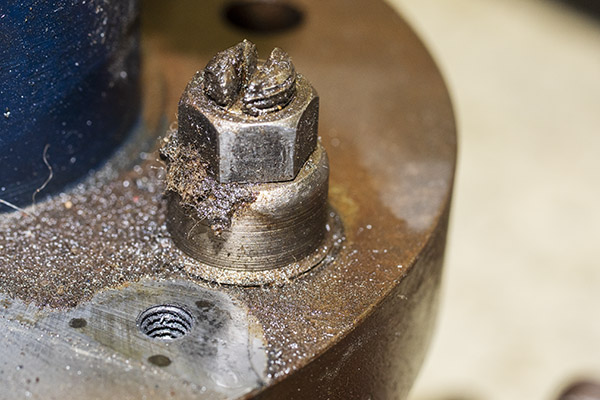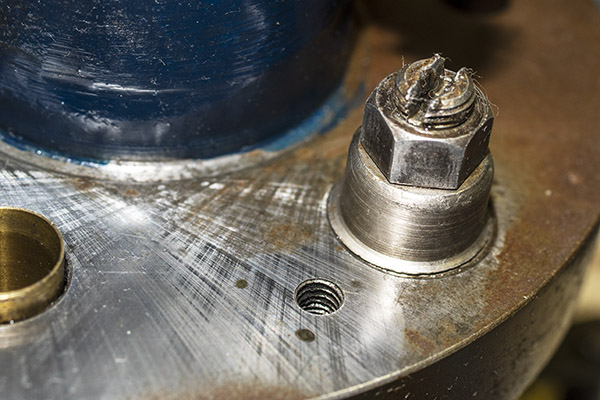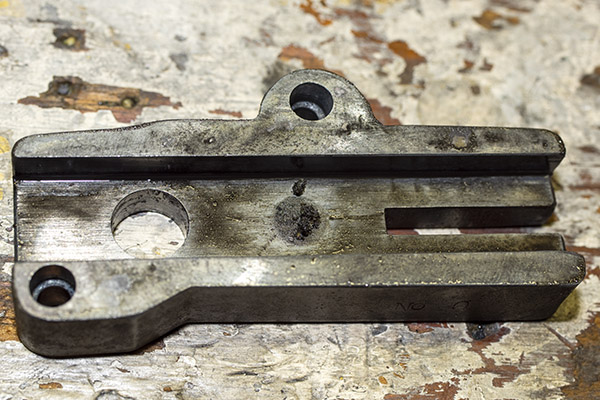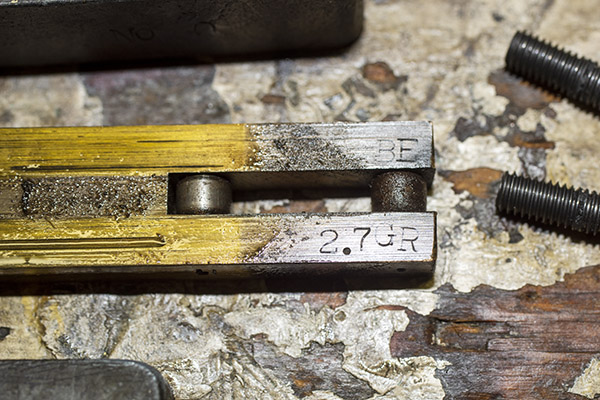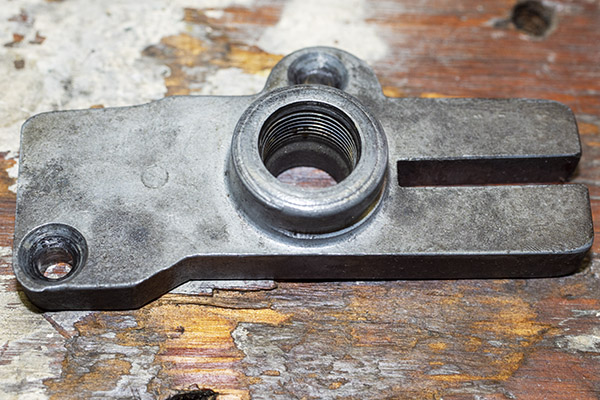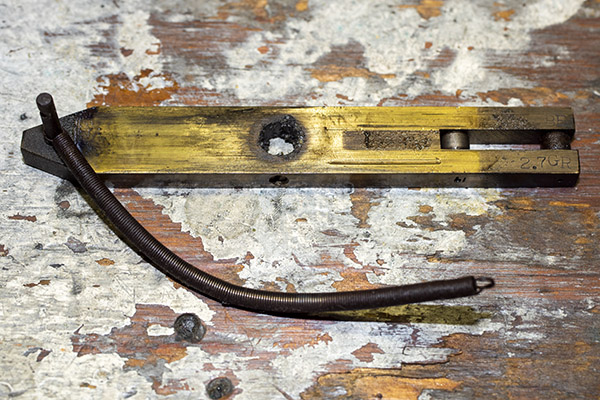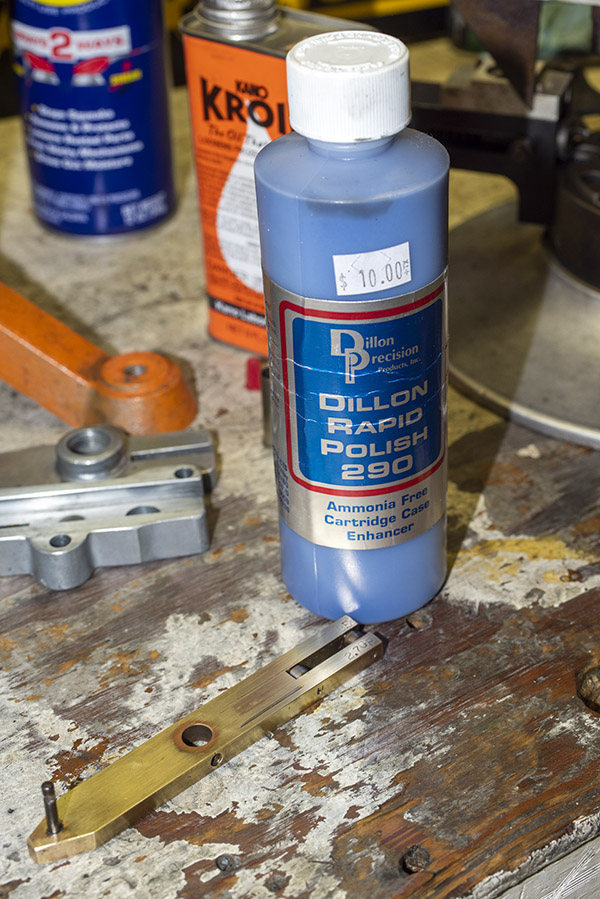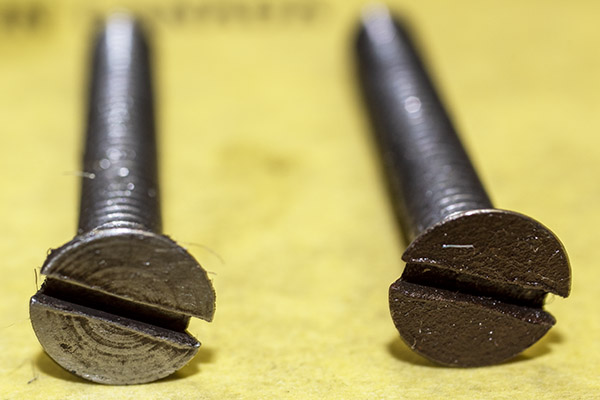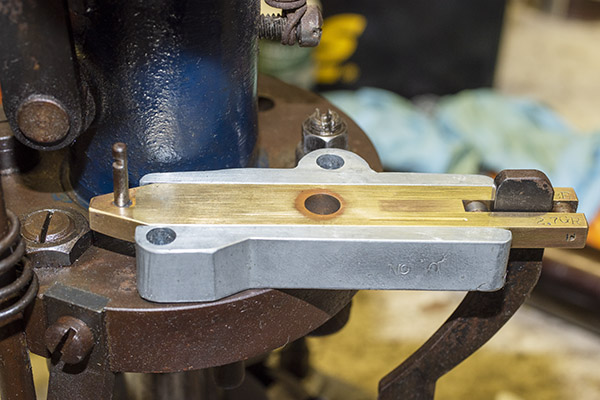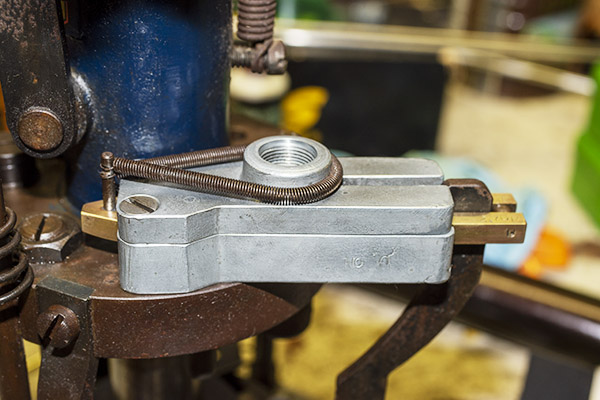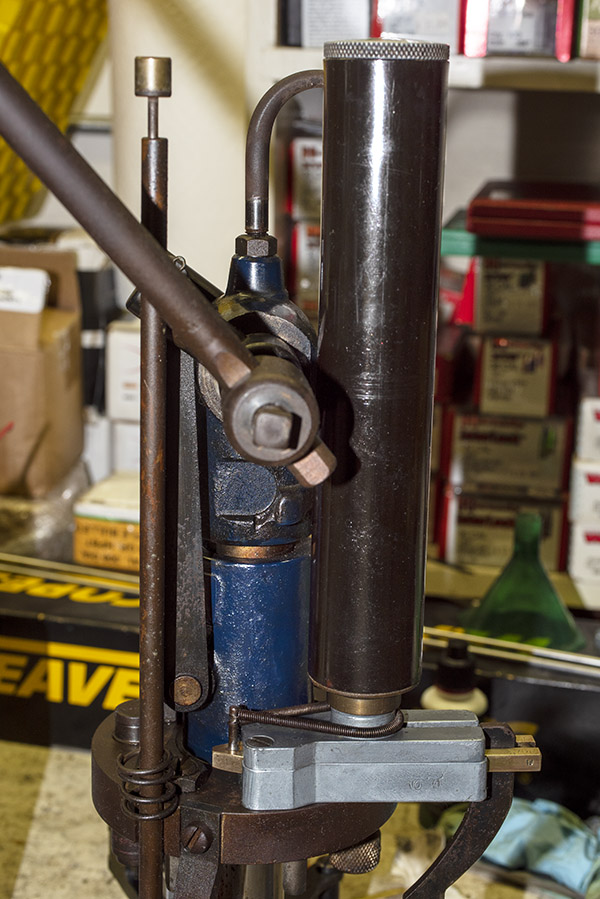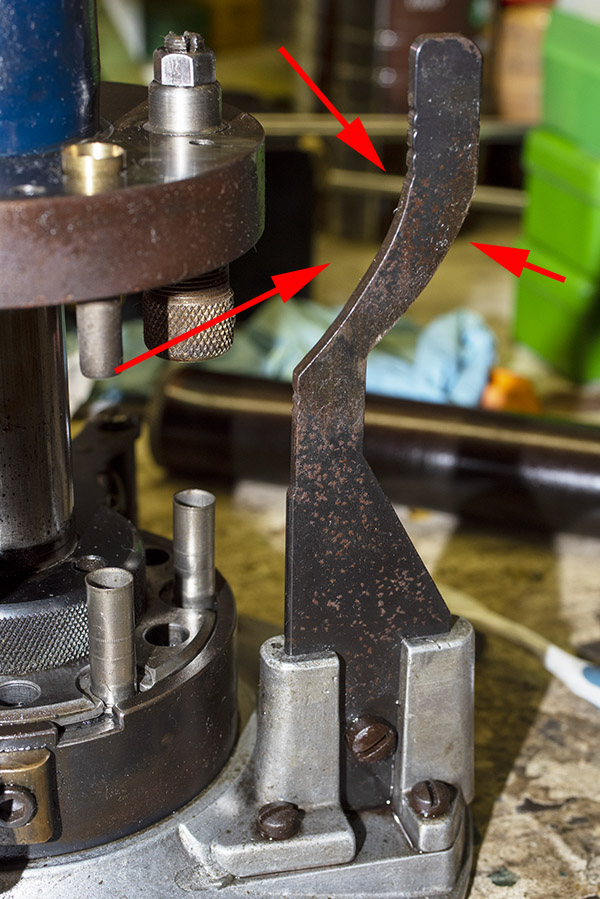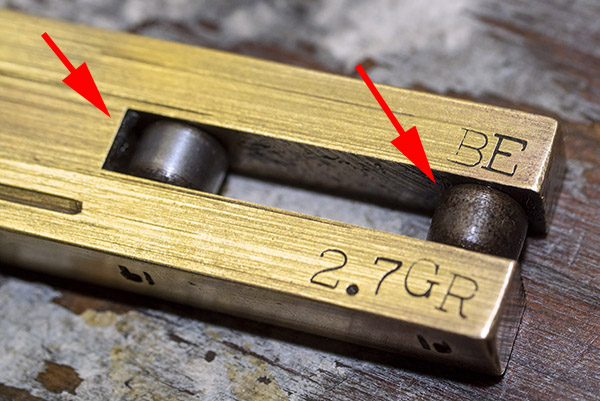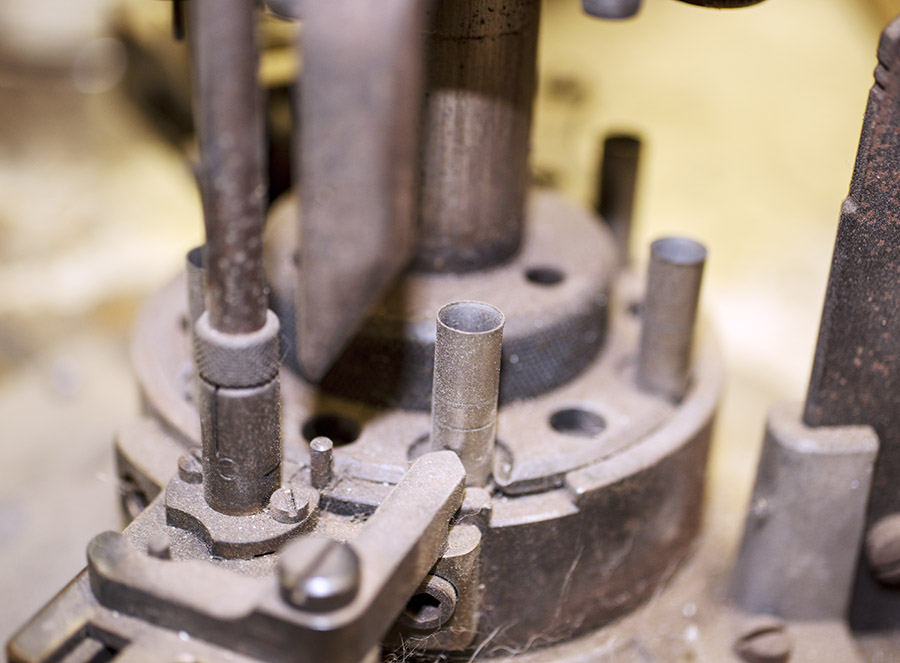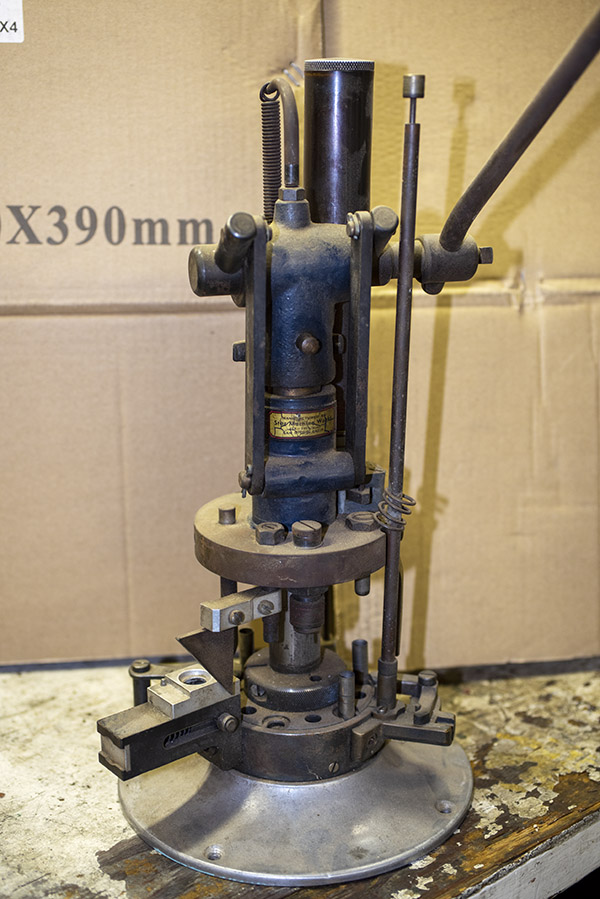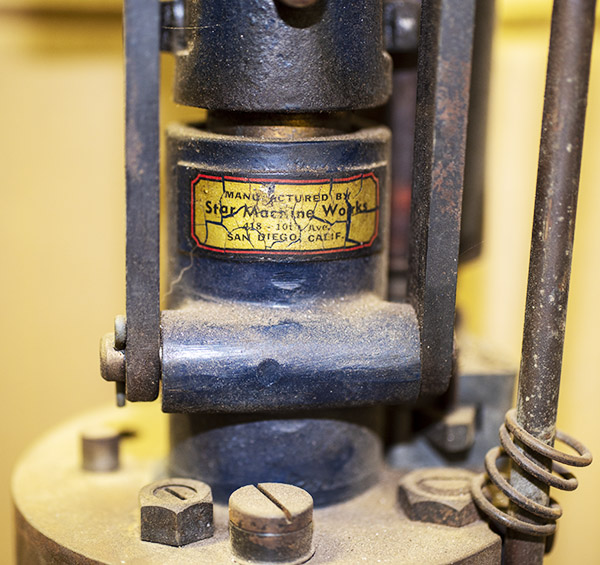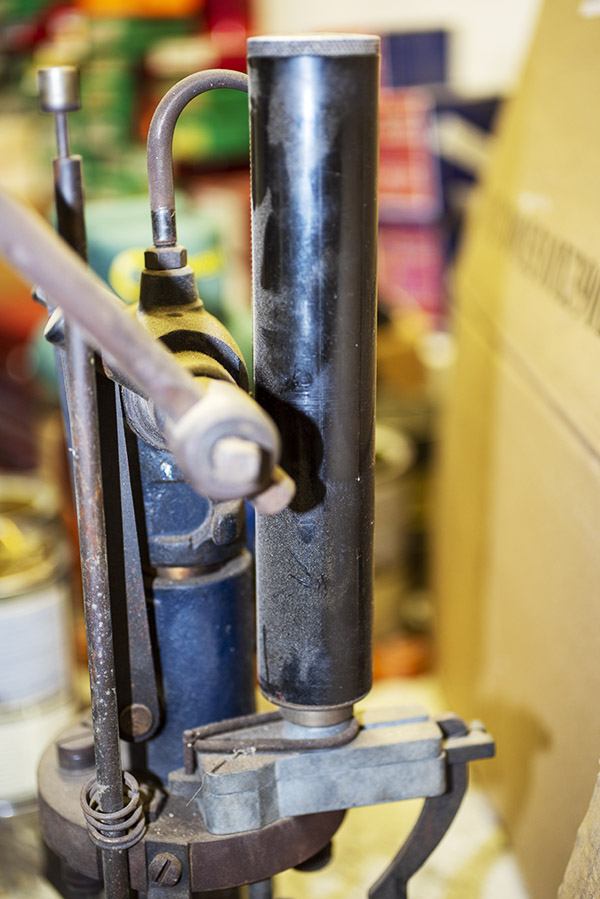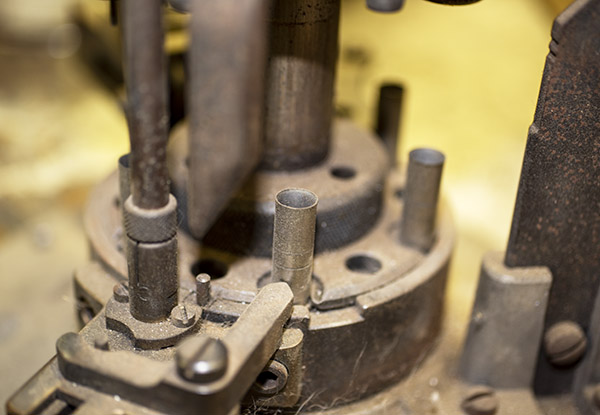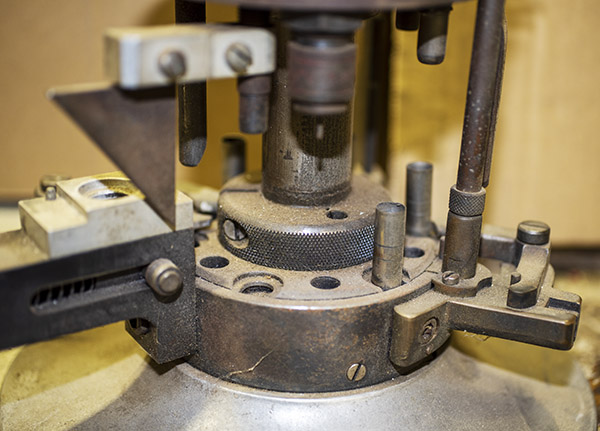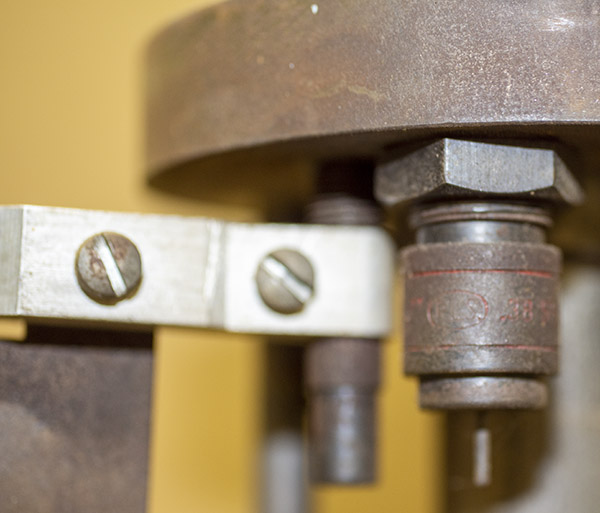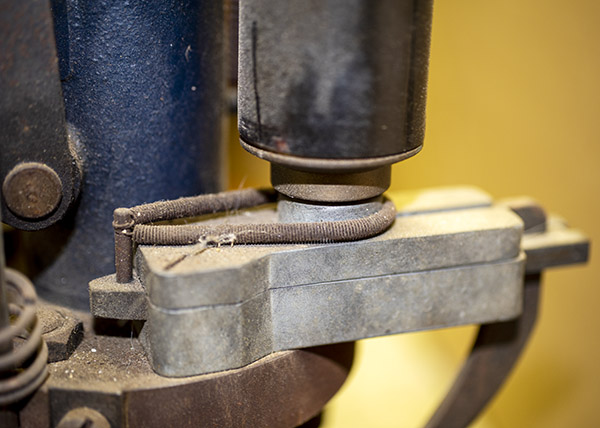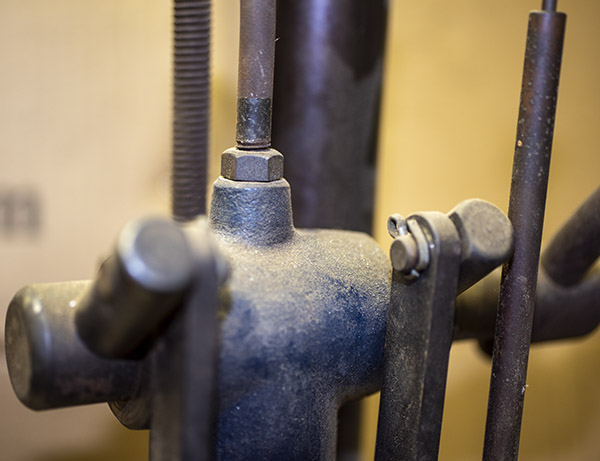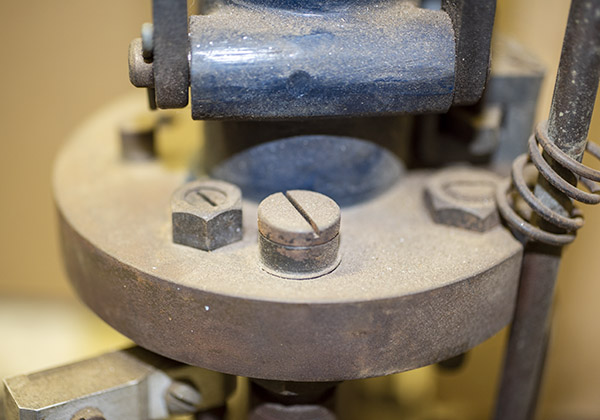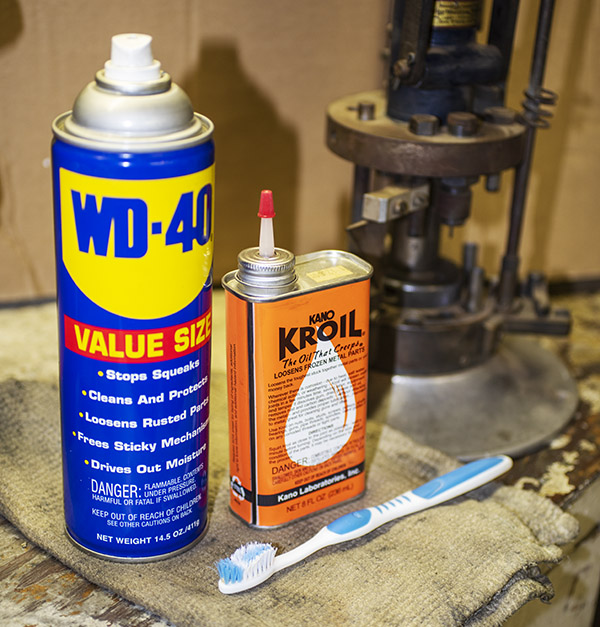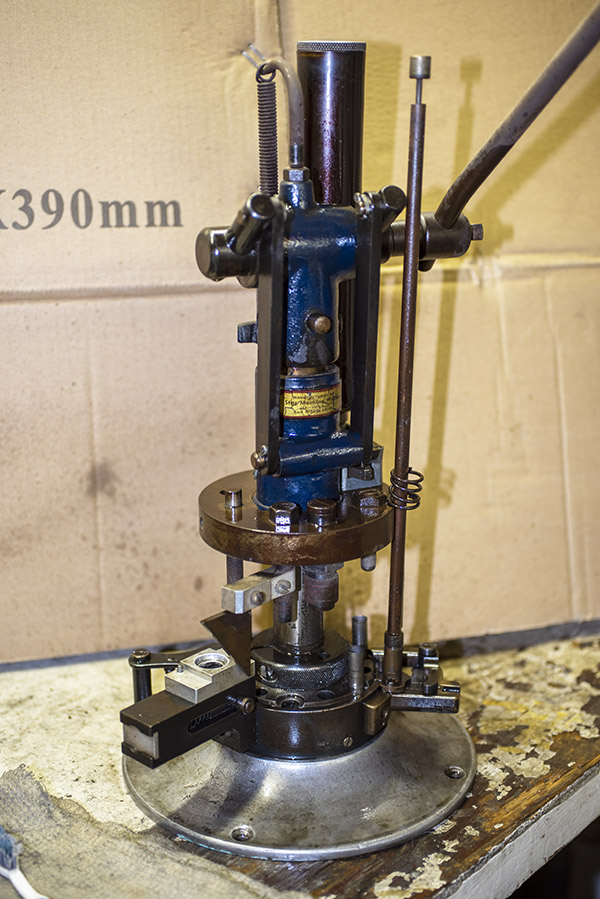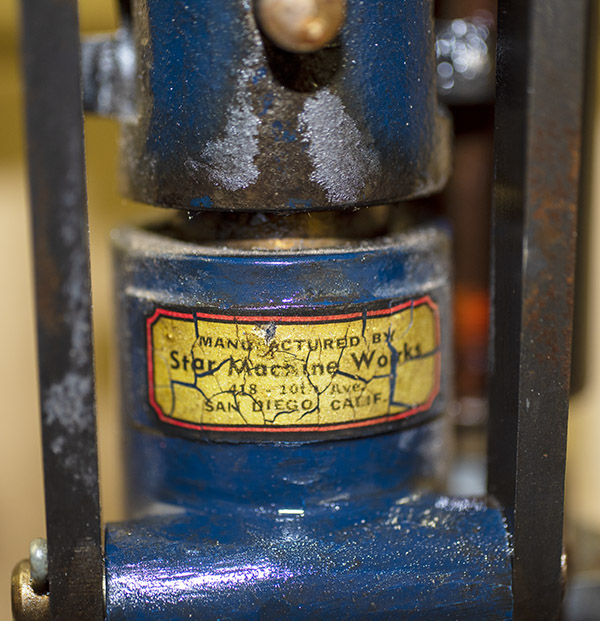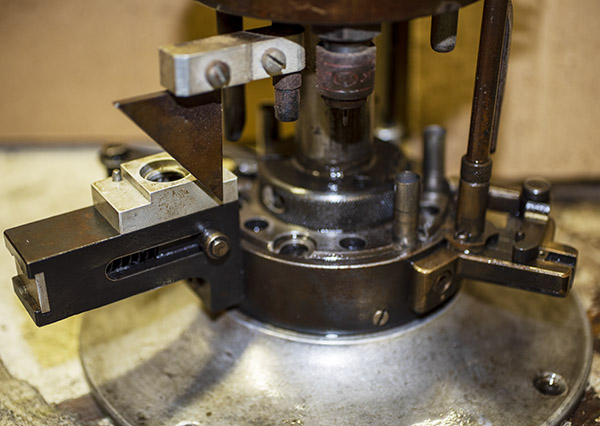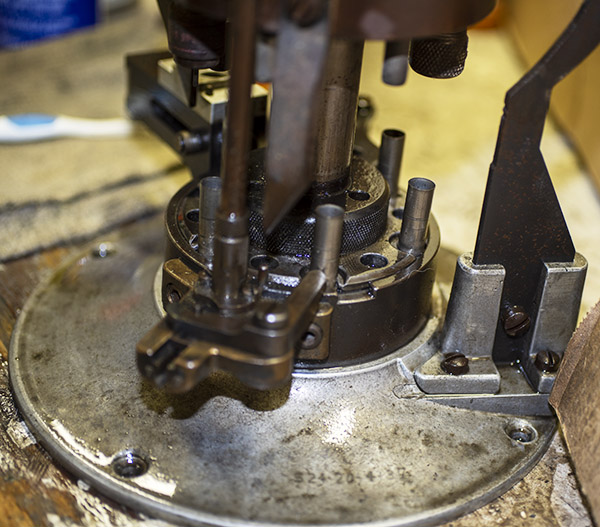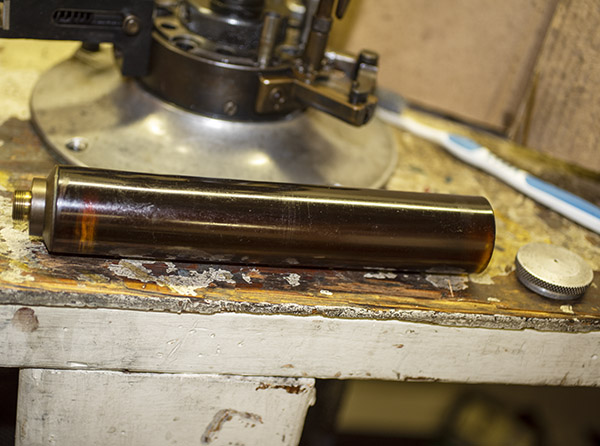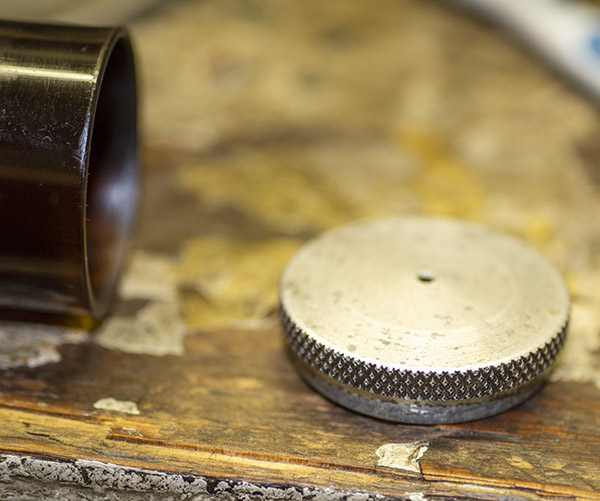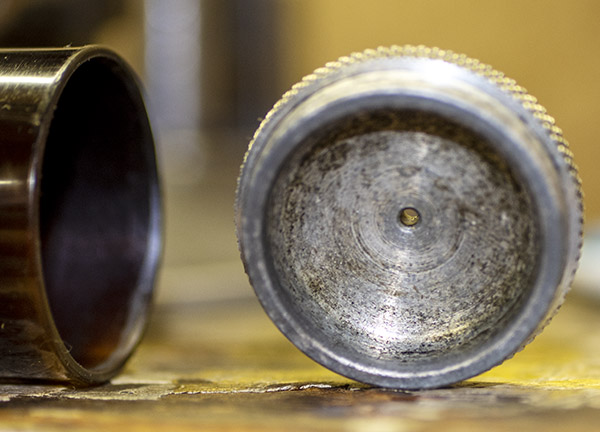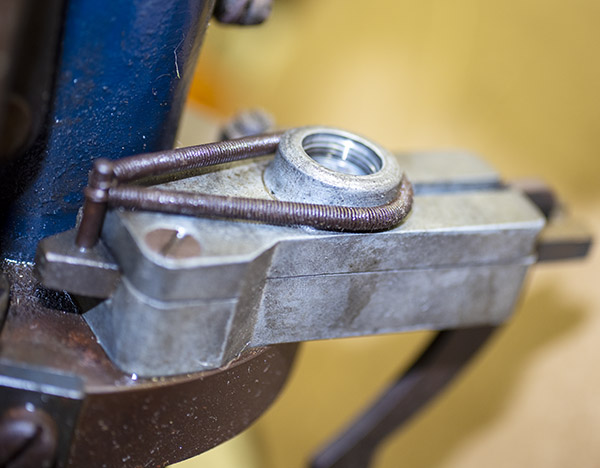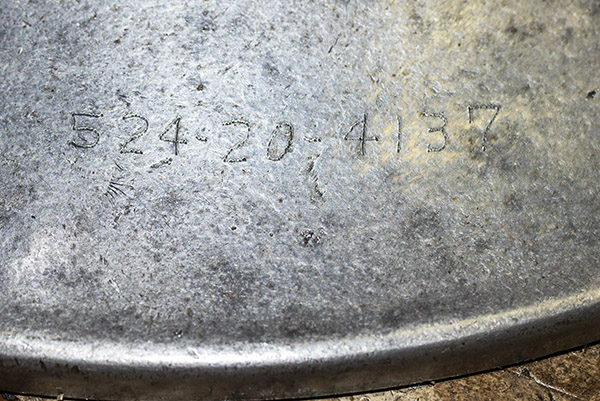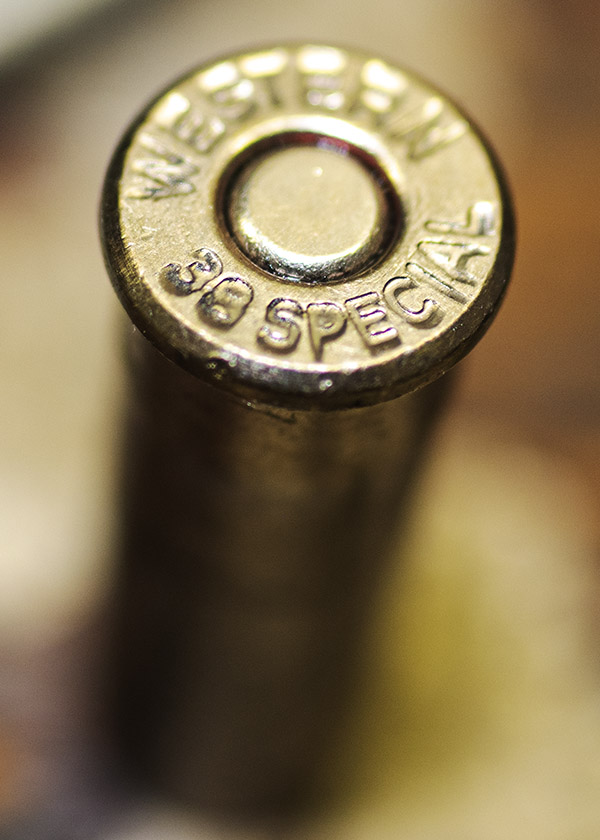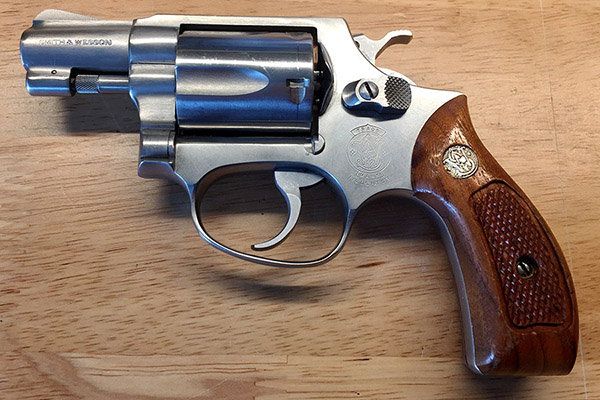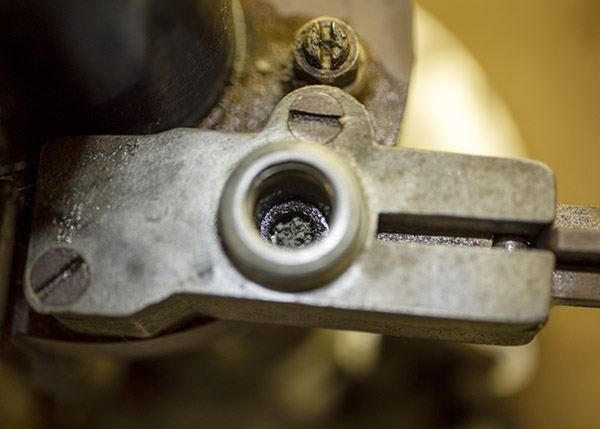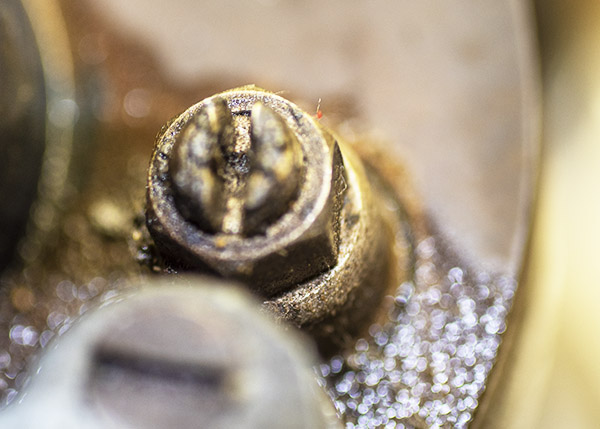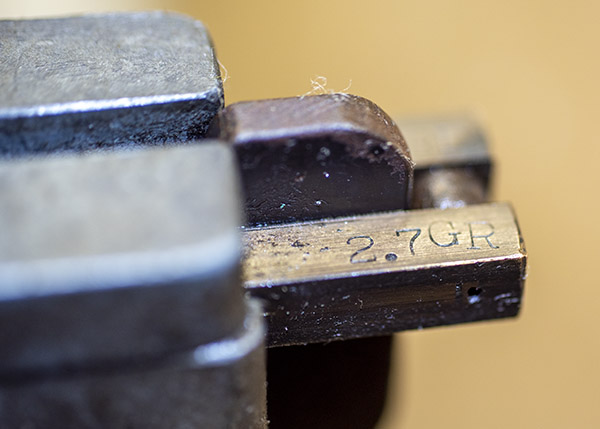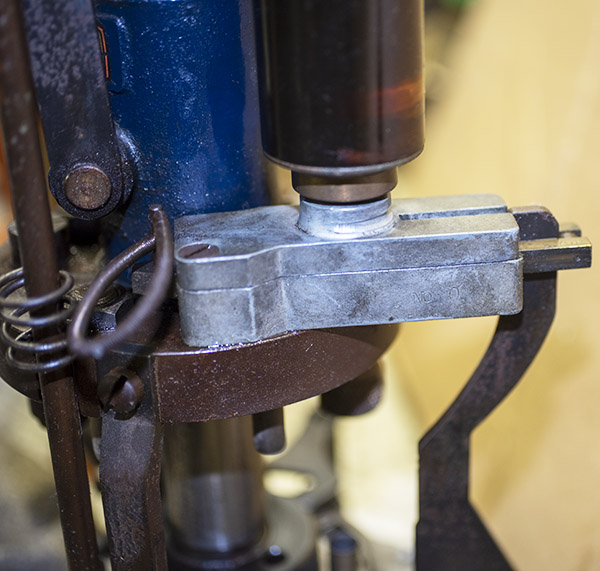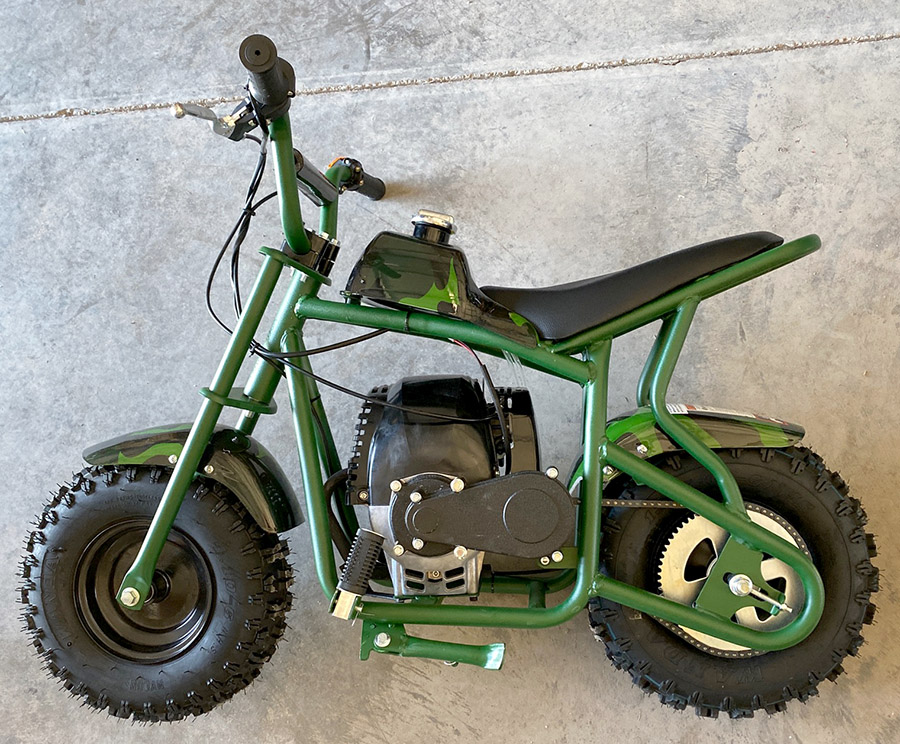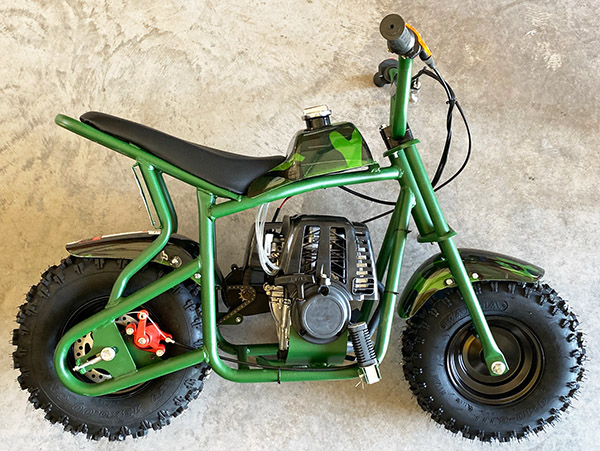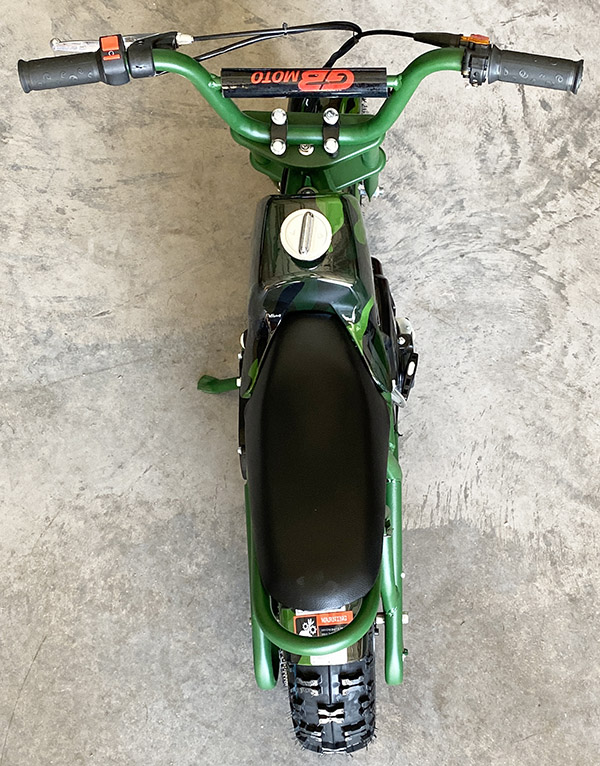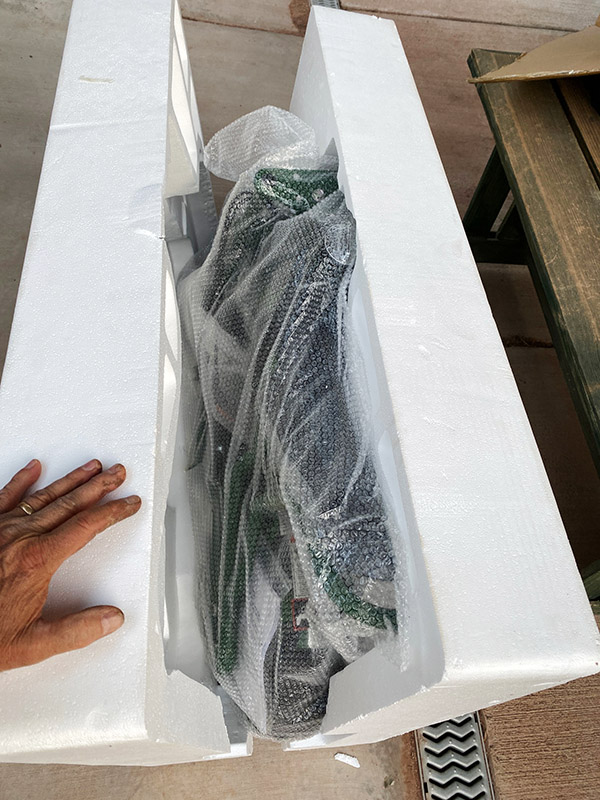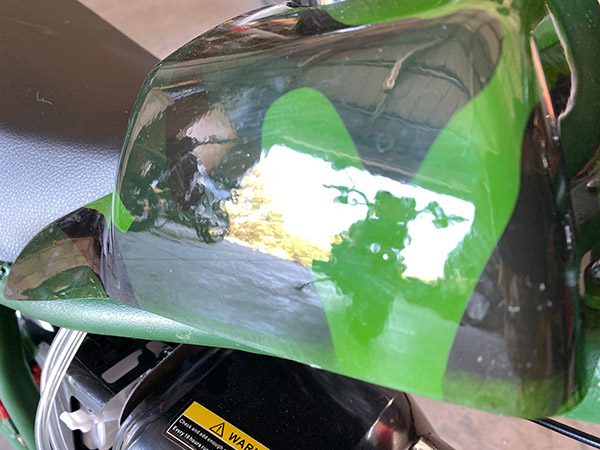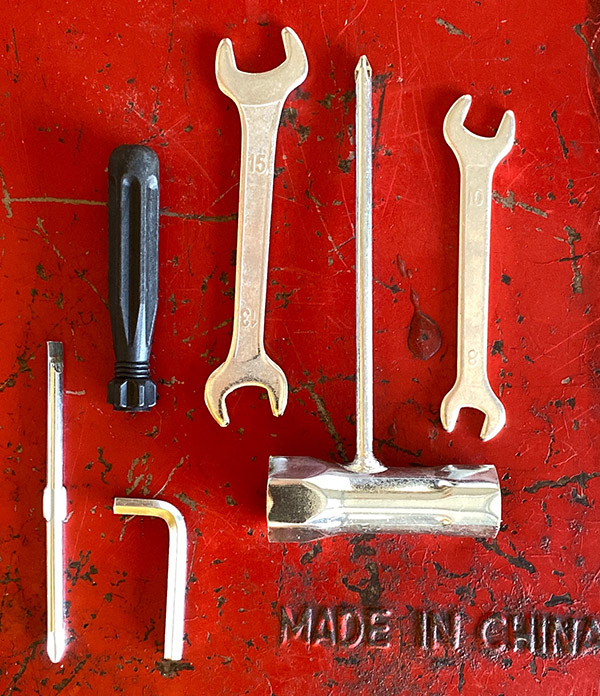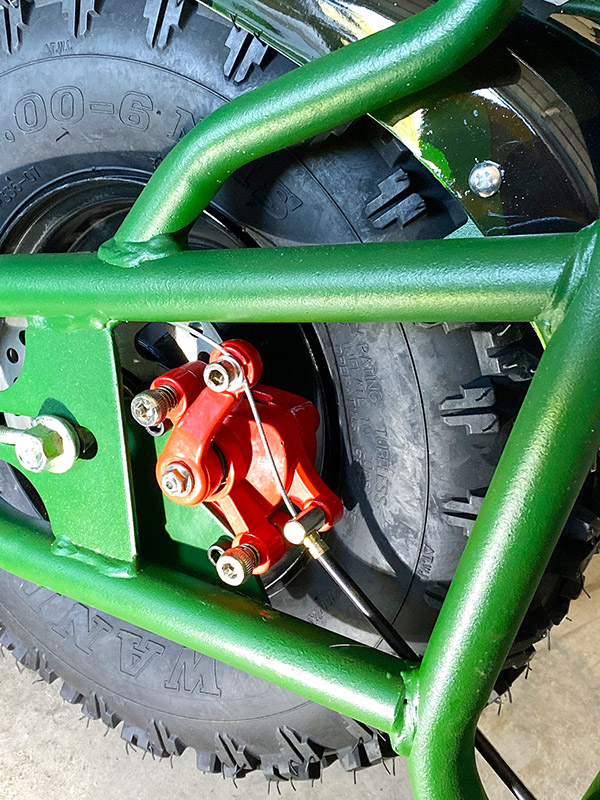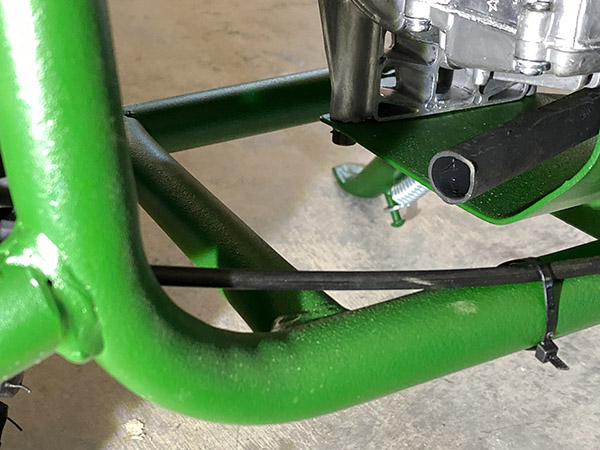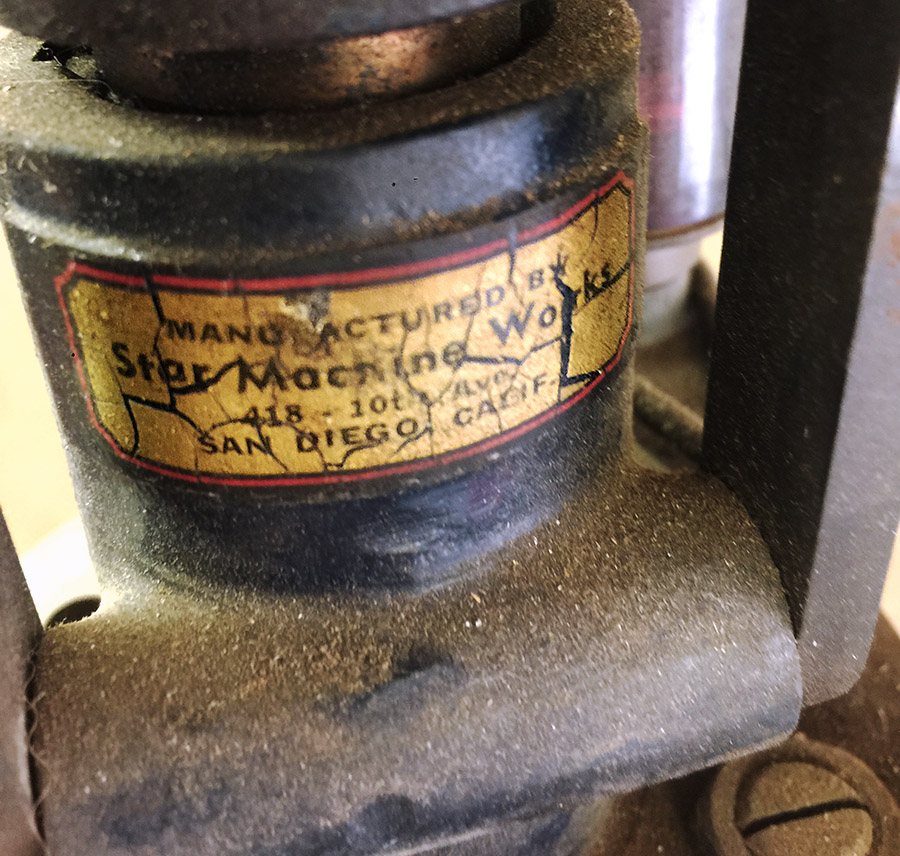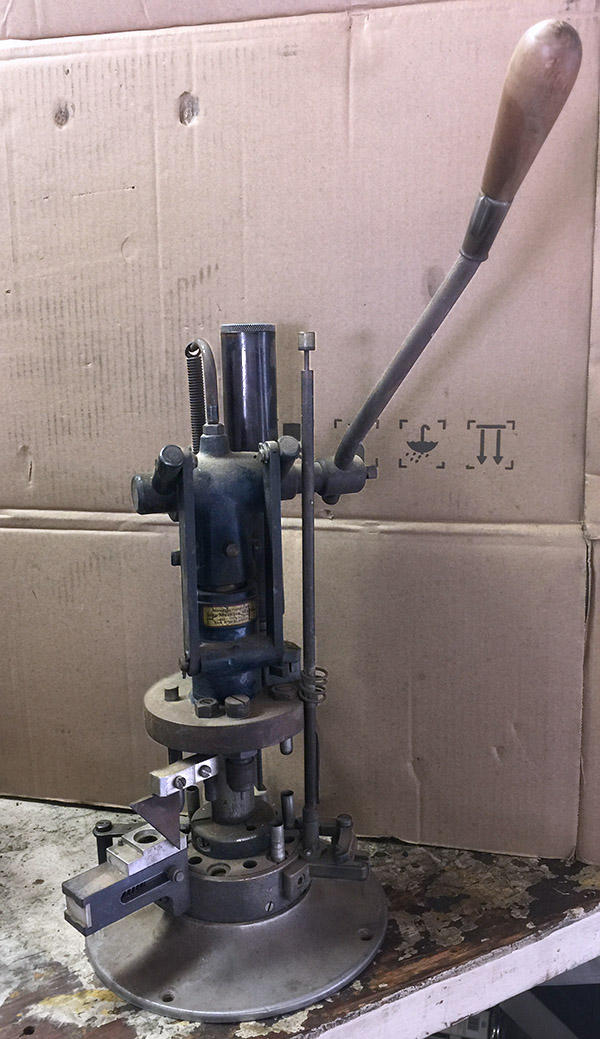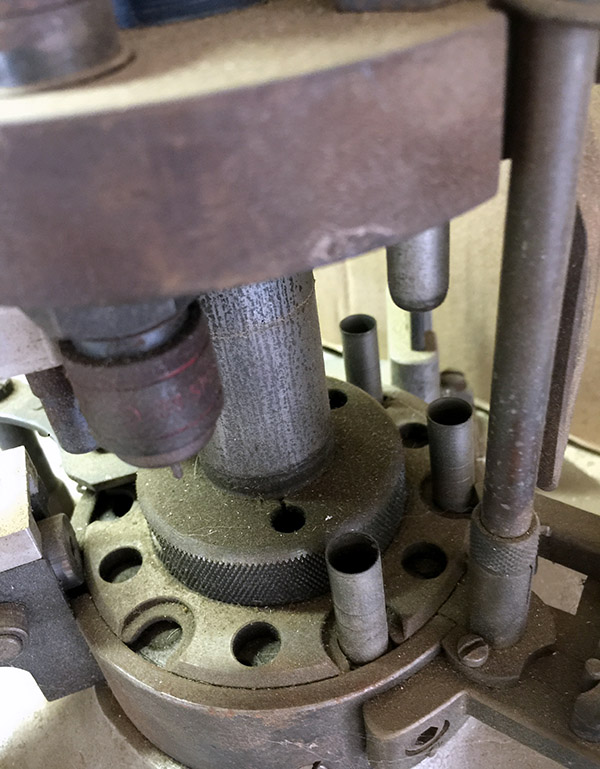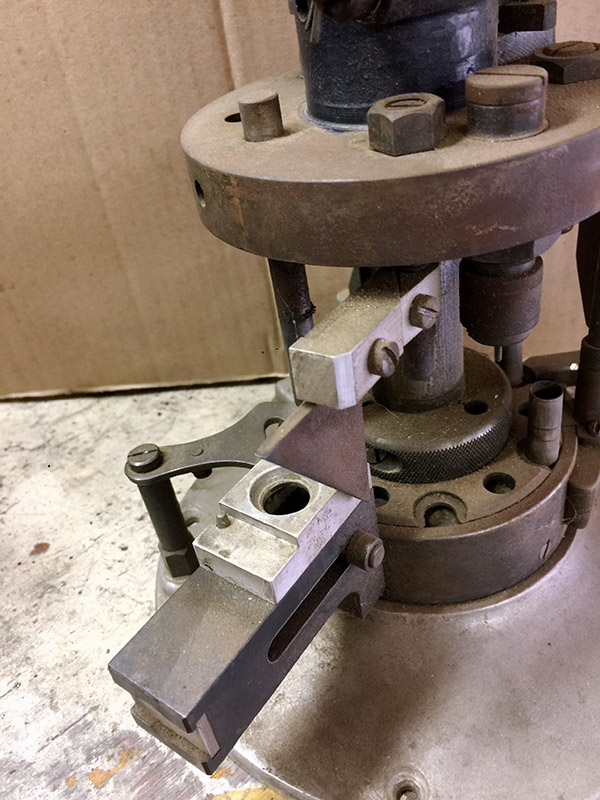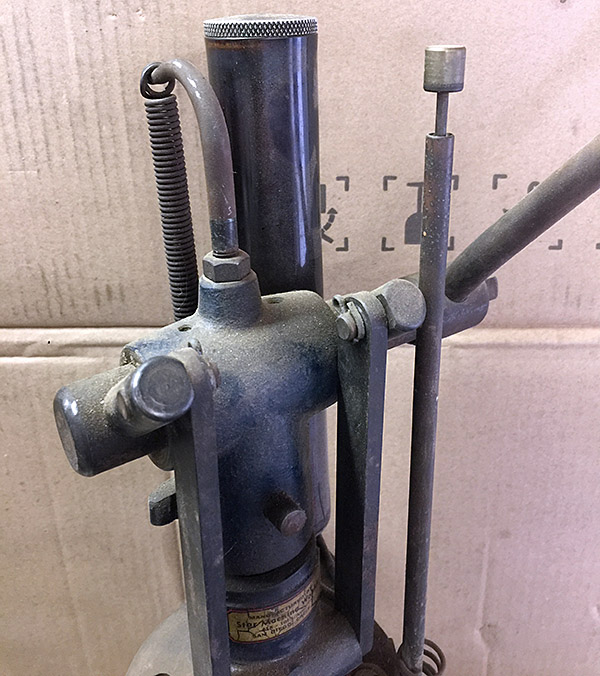The $100 hamburger: It’s aviation slang for any hamburger that requires flying in to a local airport for a burger. I first heard the term from good buddy Margit Chiriaco Rusche when researching the story on the General Patton Memorial Museum. You see, there’s still an airport at Chiriaco Summit, left over from General George Patton’s Desert Training Center. Margit told me about pilots flying in for the mythical $100 hamburger at the Chiriaco Summit Café, and I knew I had to have one as soon as she mentioned it. The Café doesn’t actually charge a hundred bucks (it was only $15.66 with a giant iced tea, fries, and a side of chili); the $100 figure pertains to what it would cost a pilot to fly your own plane to Chiriaco Summit, enjoy the General Patton Burger, and fly out.
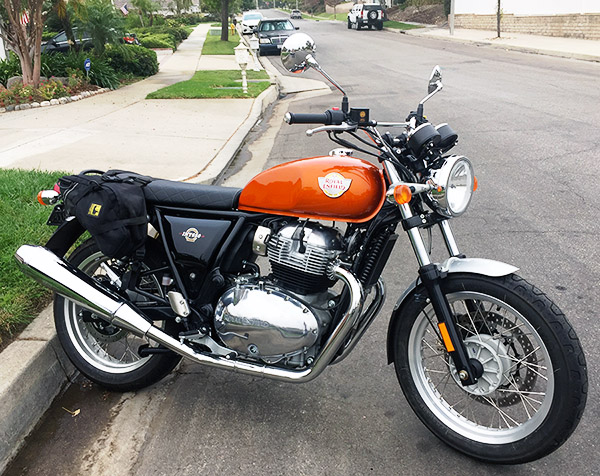
Even though bloggers like Gresh and me are rolling in dough, we don’t have our own airplanes. But we have the next best thing. Gresh has his Kawasaki Z1 900, and I have my Royal Enfield Interceptor.
Good buddy Marty (a dude with whom I’ve been riding for more than 20 years) told me he needed to get out for a ride and I suggested the Patton Museum. It’s a 250-mile round trip for us, and the trip (along with the General Patton Burger, which is what you see in the big photo above) would be just what the doctor ordered. I’d have my own hundred dollar burger, and at a pretty good price, too. Two tanks of gas (one to get there and one to get home) set me back $16, and it was $18 (including tip) for the General Patton Burger. I had my hundred dollar burger at a steep discount. And it was great.
I’ll confess…it had been a while since I rode the Enfield. In fact, it’s been a while since I’d been on any ride. I didn’t sleep too much the night before (pre-ride jitters, I guess) and I was up early. I pushed the Enfield out to the curb and my riding amigos showed up a short time later. There would be four of us on this ride (me, Marty, and good buddies Joe and Doug). Marty’s a BMW guy; Joe and Doug both ride Triumph Tigers.
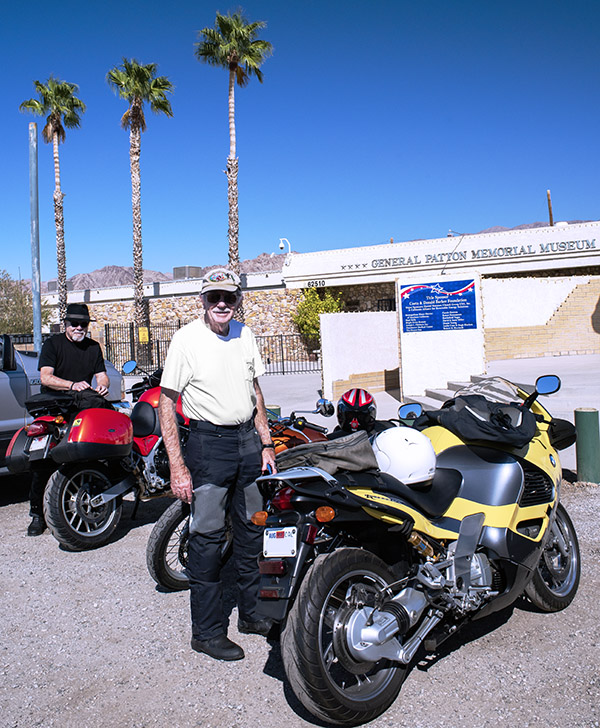
As motorcycle rides go, we had great weather and a boring road. It was 125 miles on the 210 and 10 freeways to get to the Patton Museum and the same distance back. Oh, I know, there were other roads and we could have diverted through Joshua Tree National Park, but like I said, I hadn’t ridden in a while and boring roads were what I wanted.
The Patton Museum was a hoot, as it always is. I had my super fast 28mm Nikon lens (which is ideal for a lot of things), and I shot more than a few photos that day. You can have a lot of fun with a camera, a fast lens, a motorcycle, and good friends. A fast 28mm lens is good for indoor available light (no flash) photography, and I grabbed several photos inside the Patton Museum.
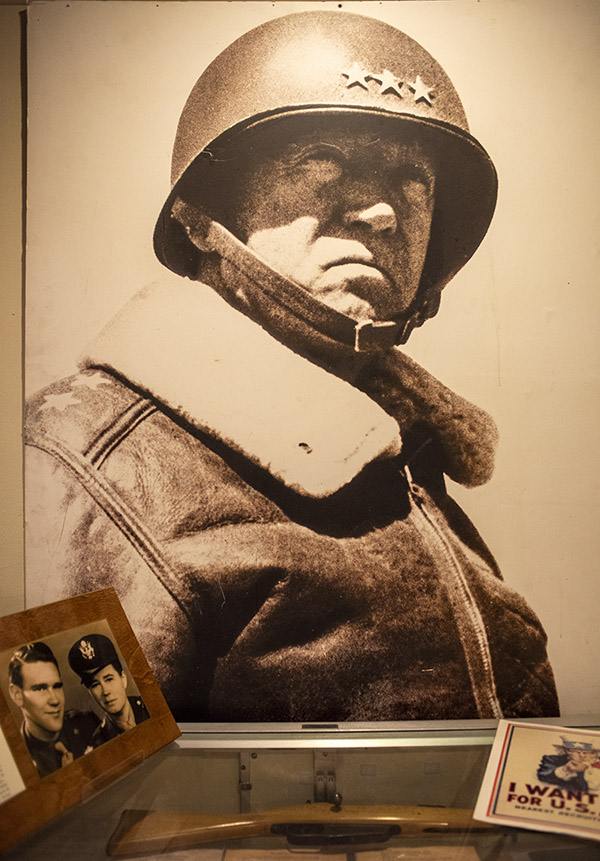
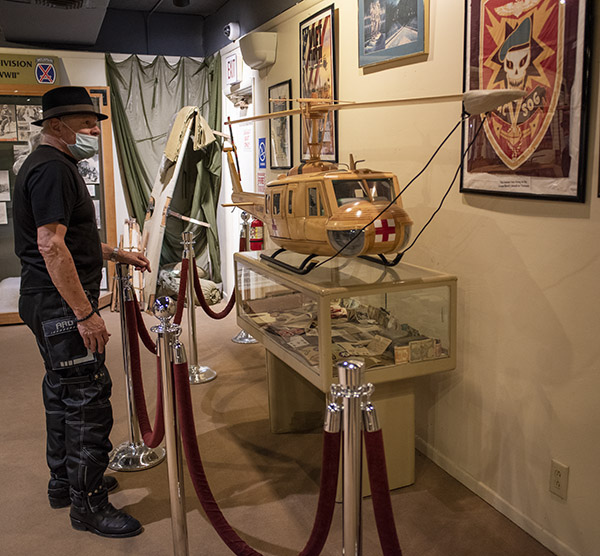
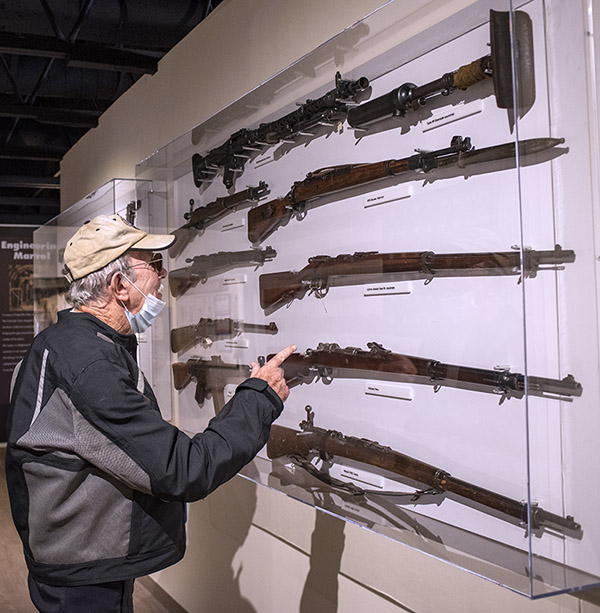
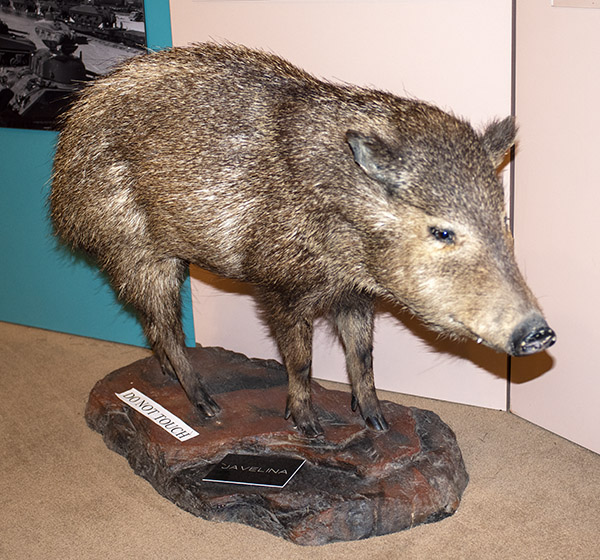
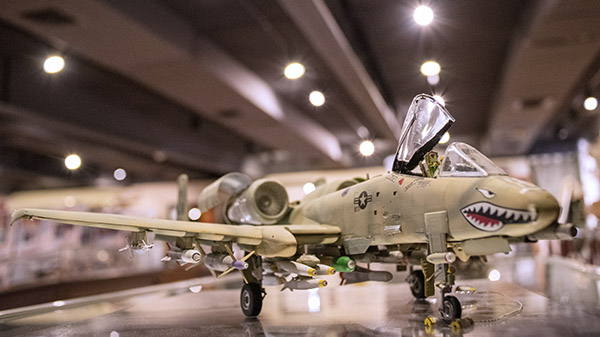

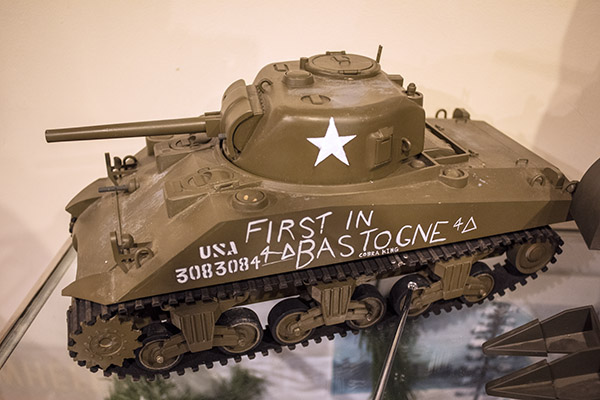
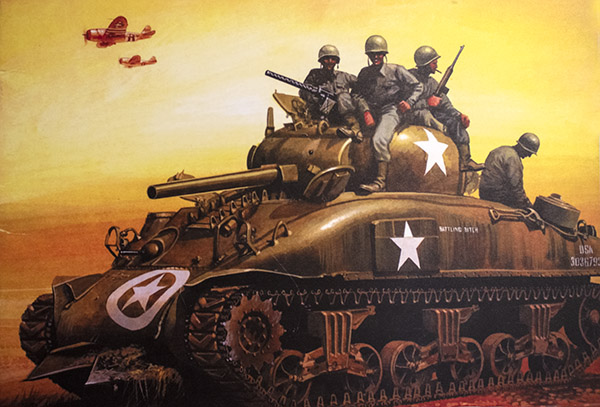
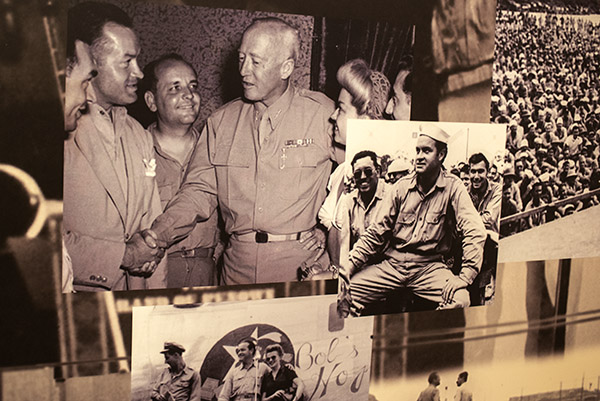
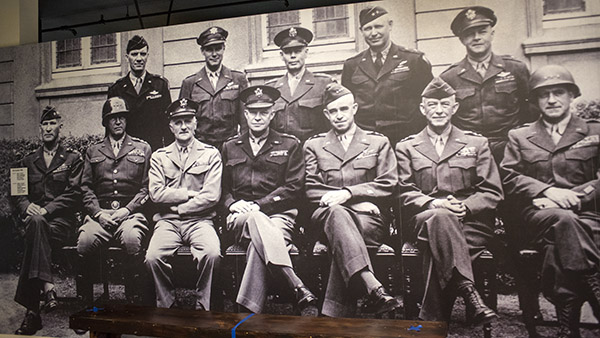
It was a bit strange looking at the photos of the World War II general officers, including the one immediately above. I realized that all of us (Marty, Joe, Doug, and I) are older than any of the generals were during World War II. War is a young man’s game, I guess. Or maybe we’re just really old.
You can see our earlier pieces on the Patton Museum here and here. It’s one of my favorite spots. If you want to know more about Chiriaco Summit, the Chiriaco family, and the General Patton Memorial Museum’s origins, I highly recommend picking up a copy of Mary Gordon’s Chiriaco Summit. It is an excellent read.
We rode the same roads home as the ride in, except it was anything but boring on the return leg. We rode into very stiff winds through the Palm Springs corridor on the westward trek home, and the wind made for a spirited ride on my lighter, windshieldless Enfield Interceptor. My more detailed impressions of the Enfield 650 will be a topic for a future blog, so stay tuned!
Never miss an ExNotes blog! Sign up for free here:

